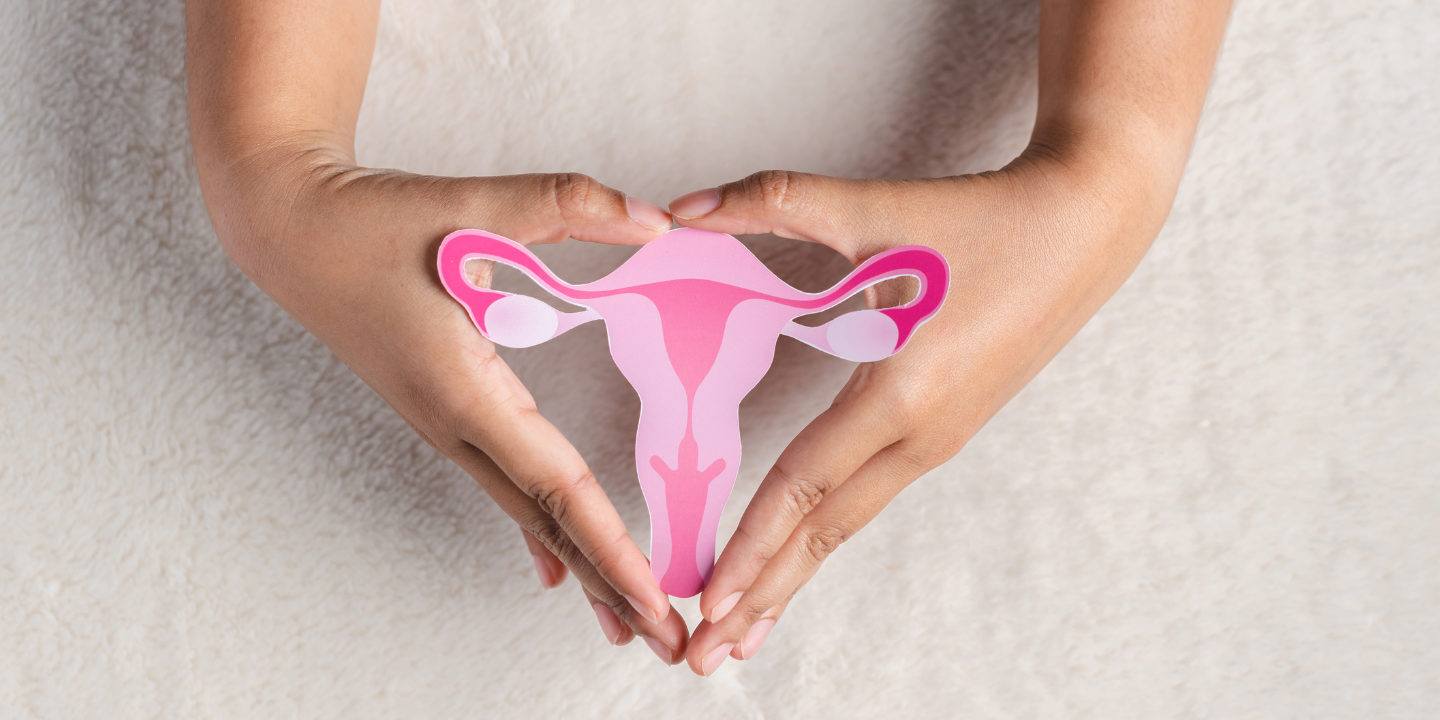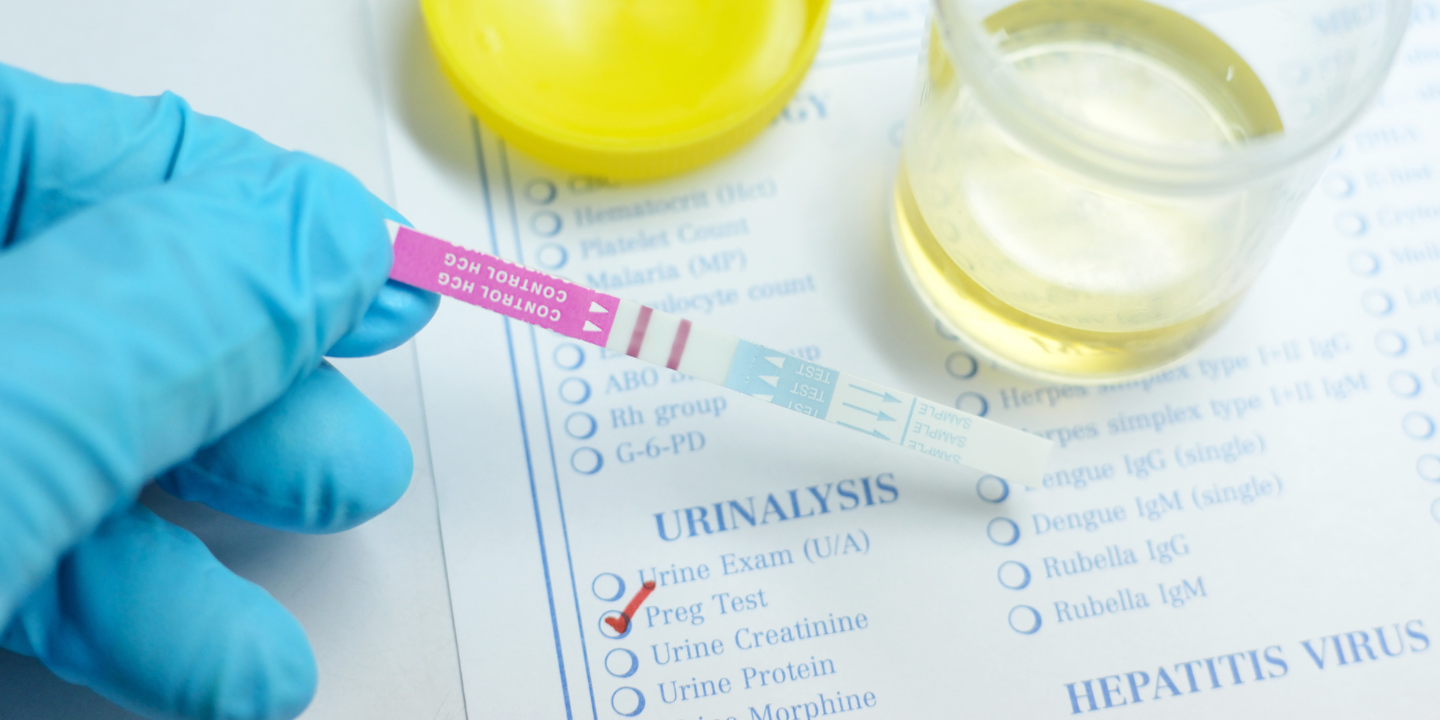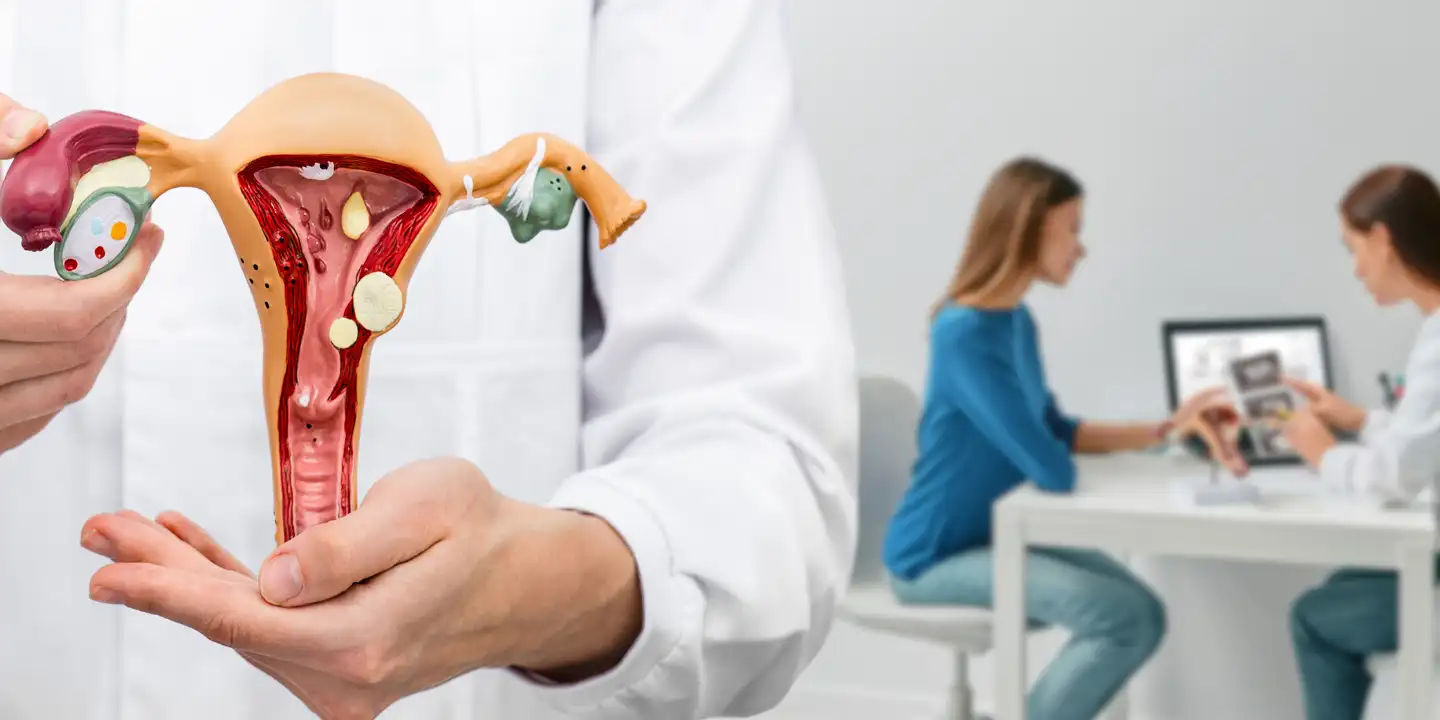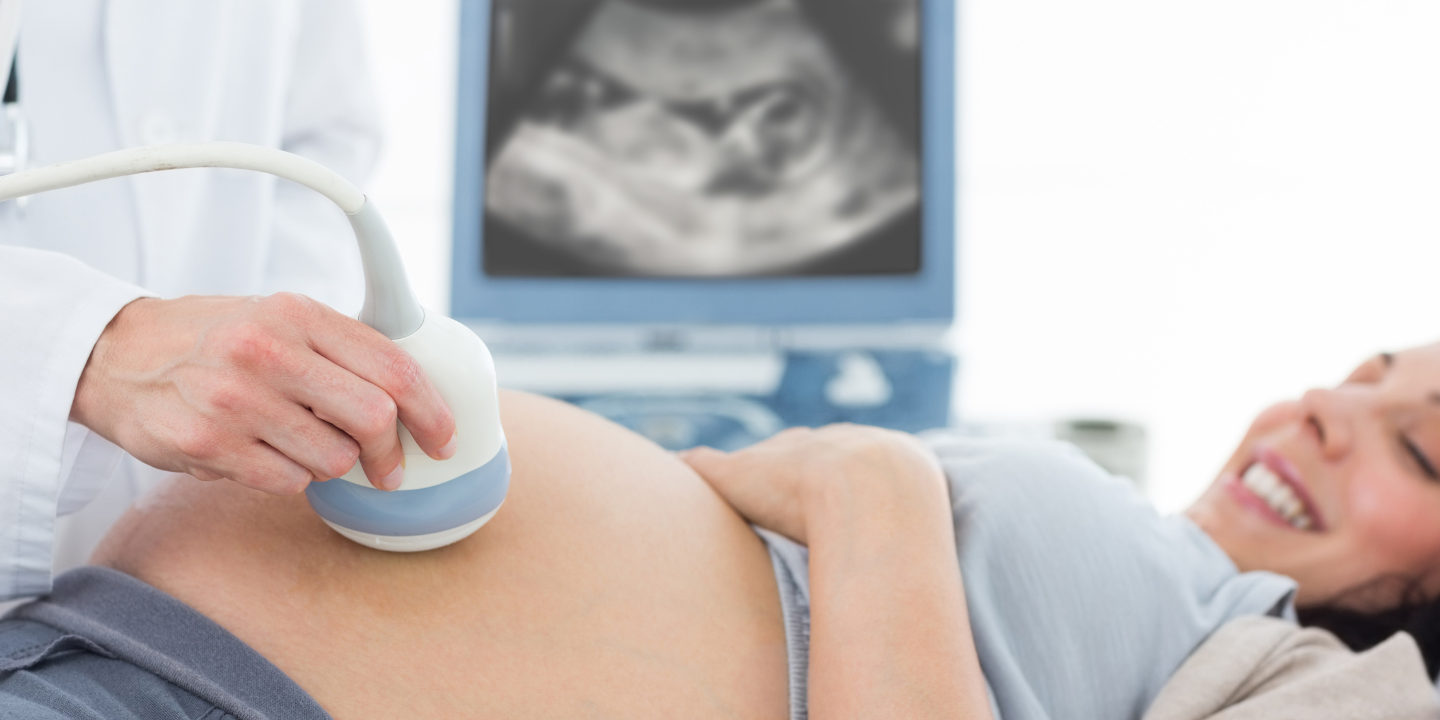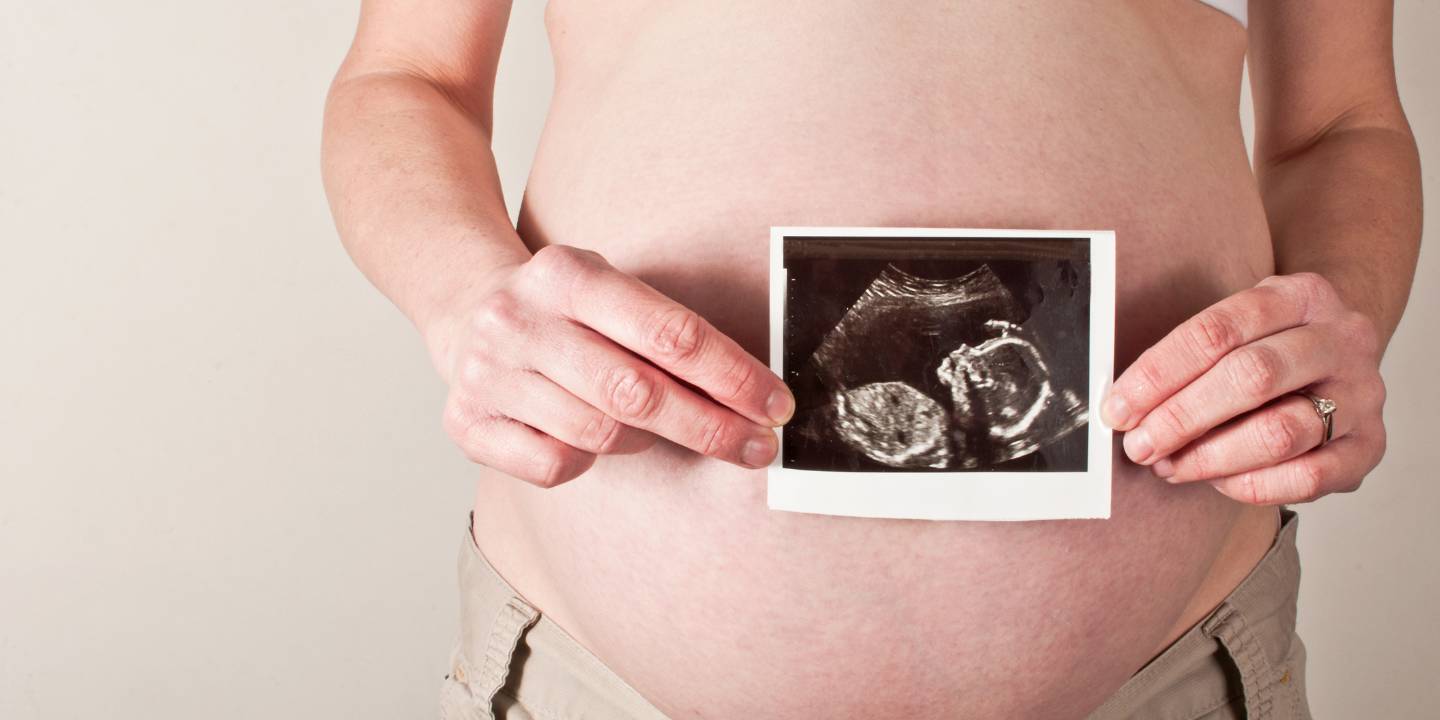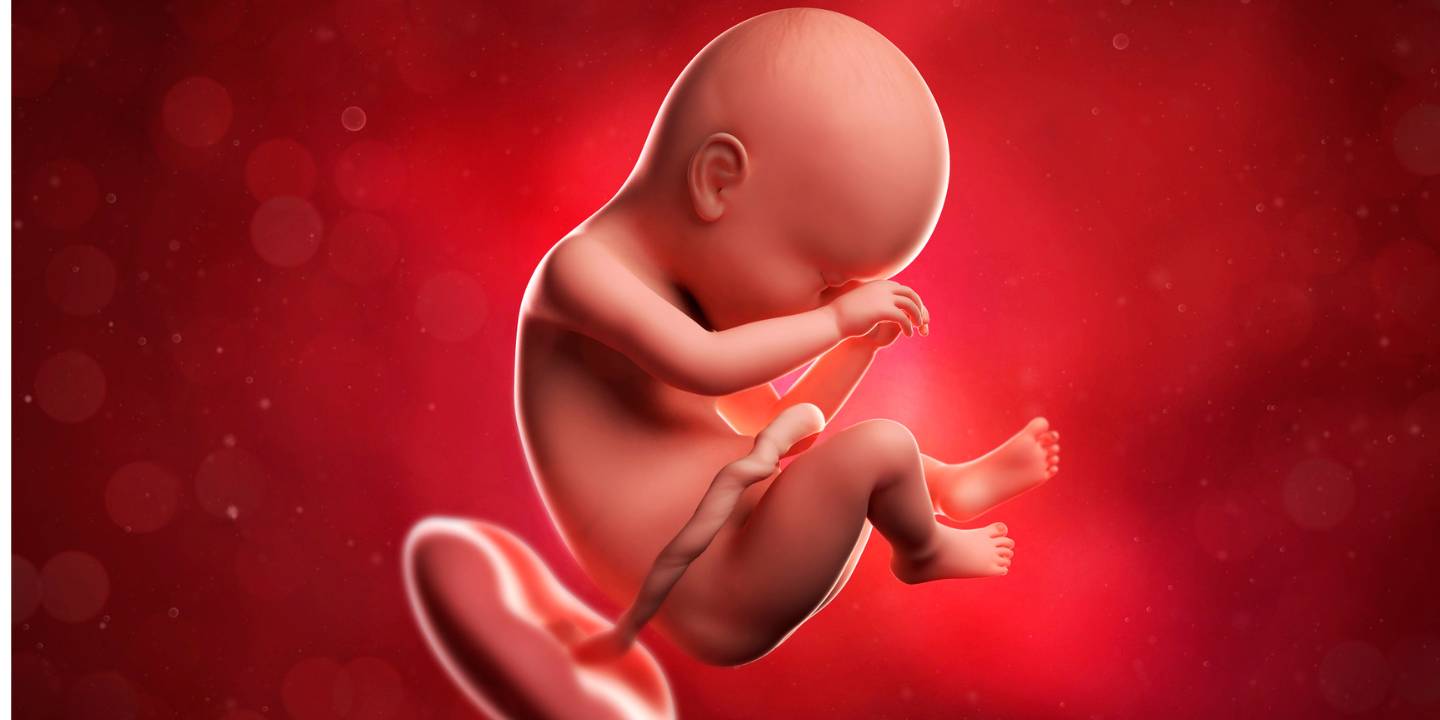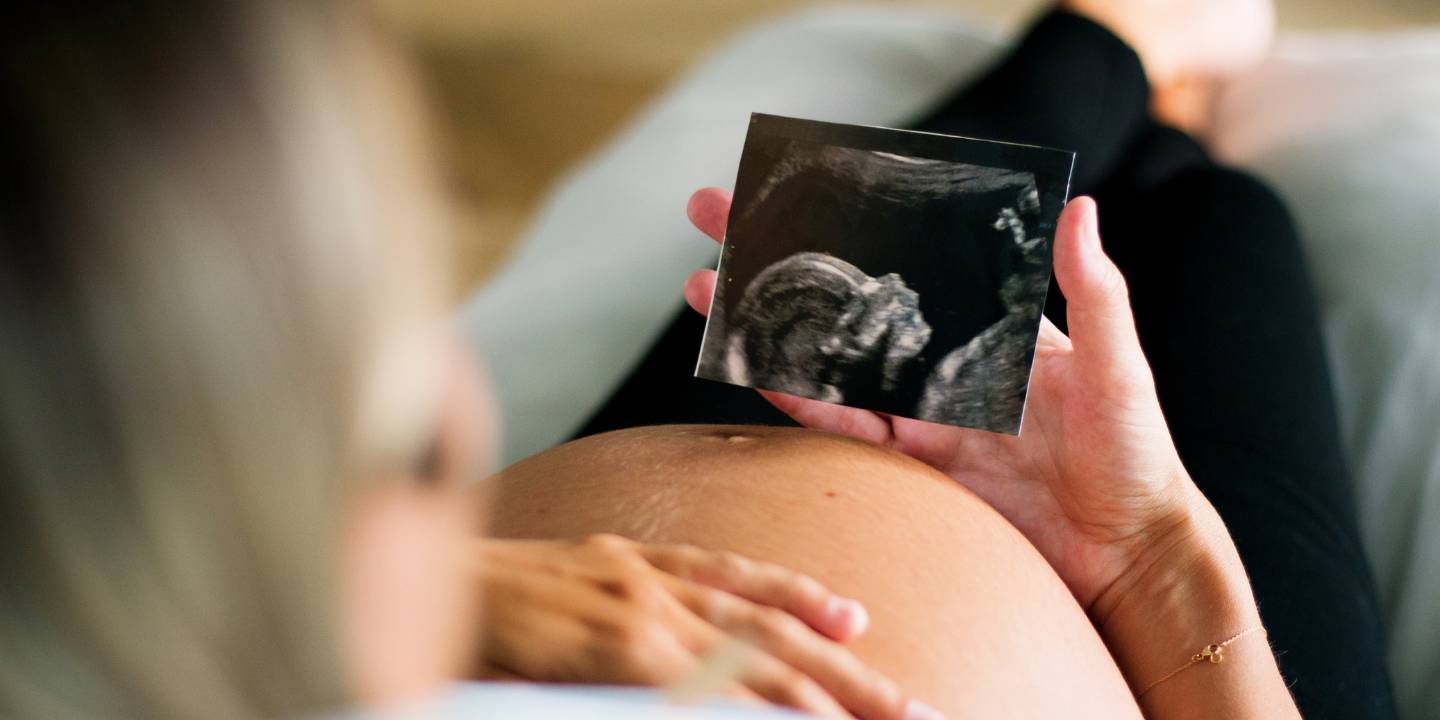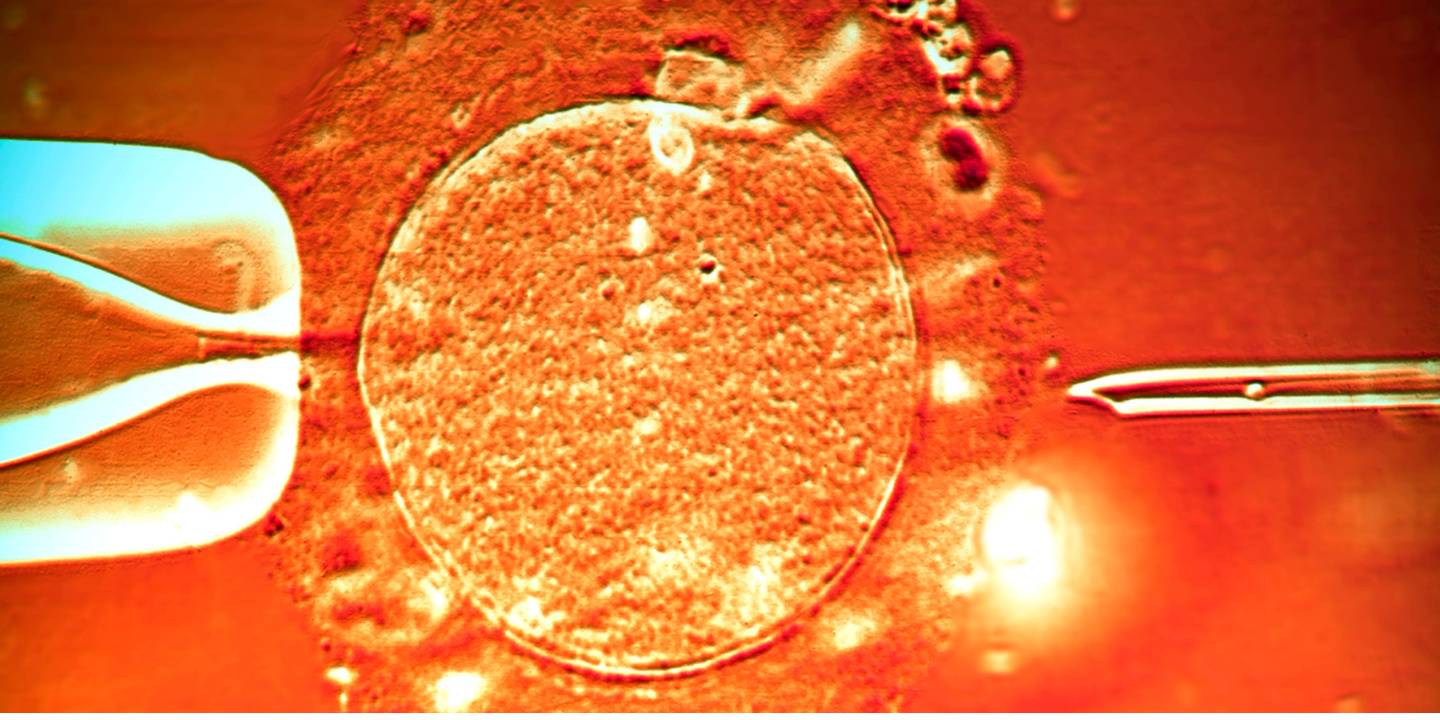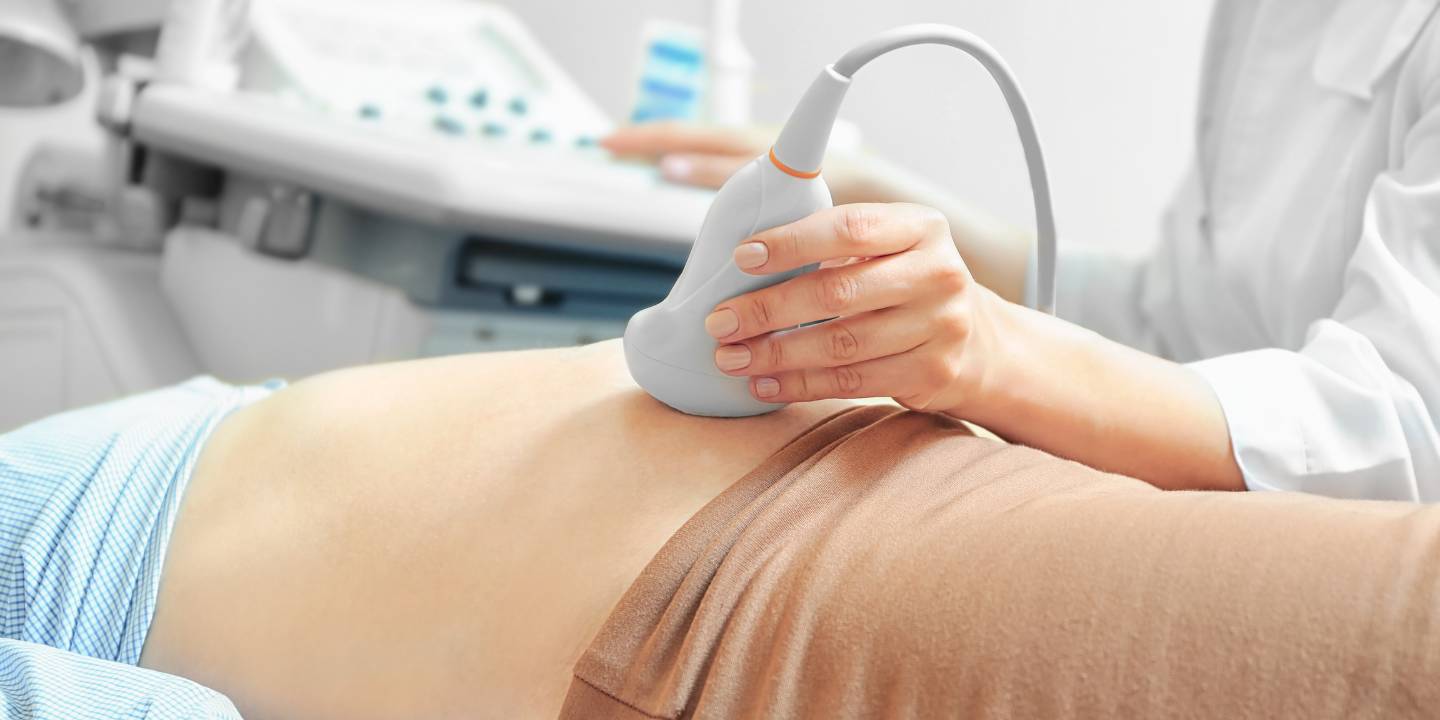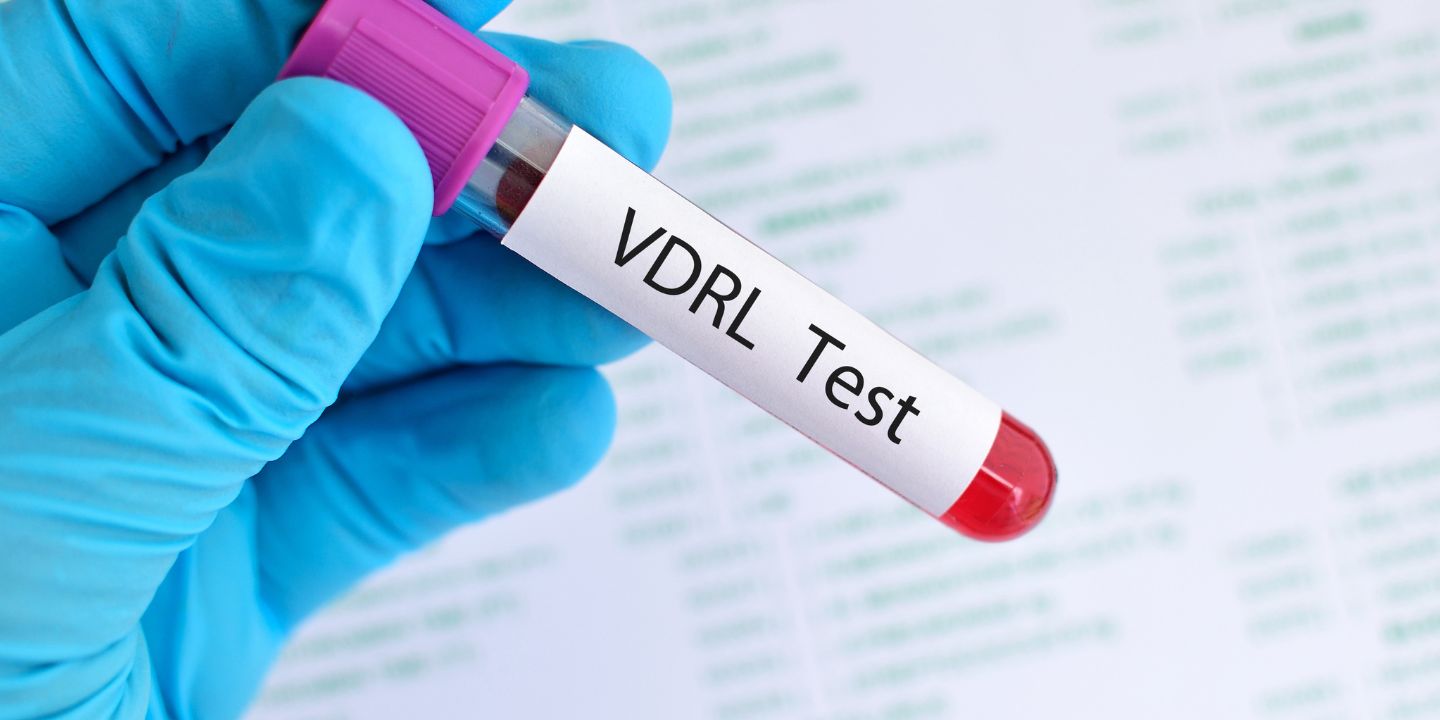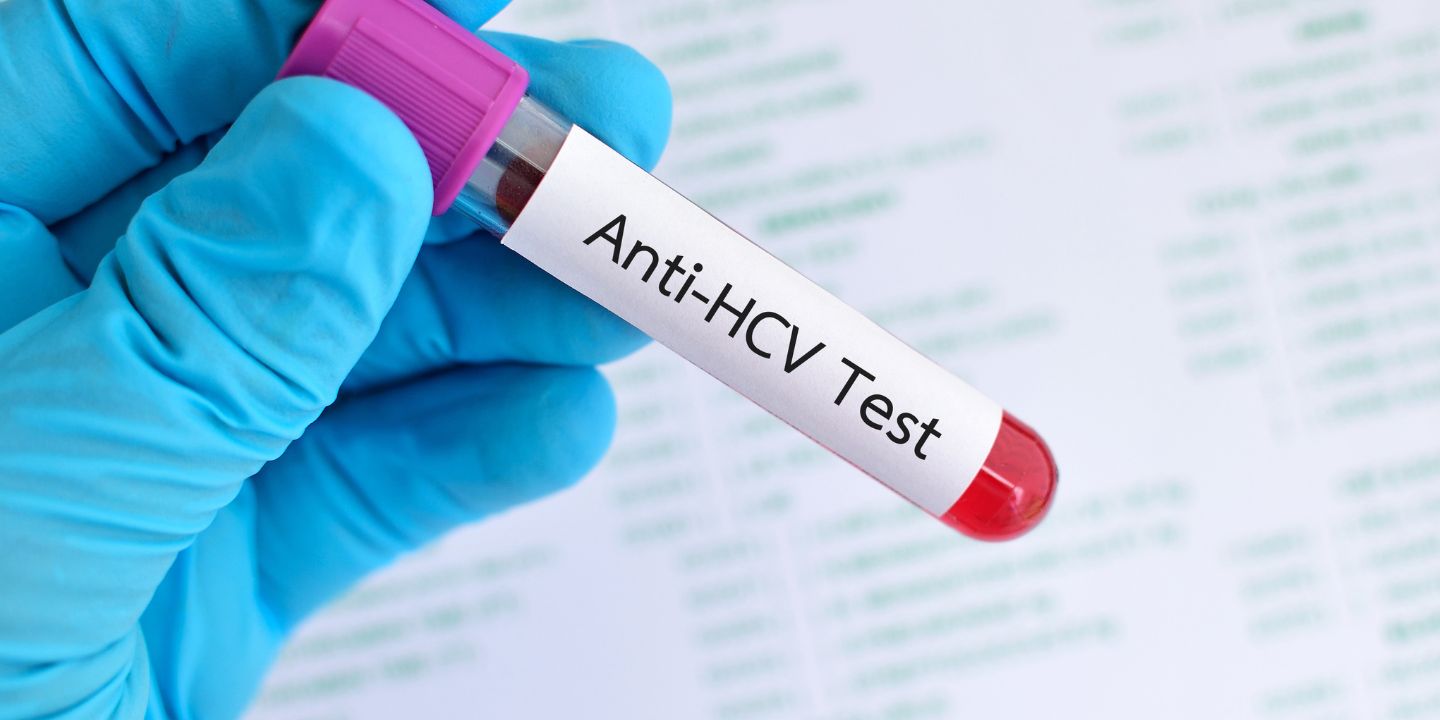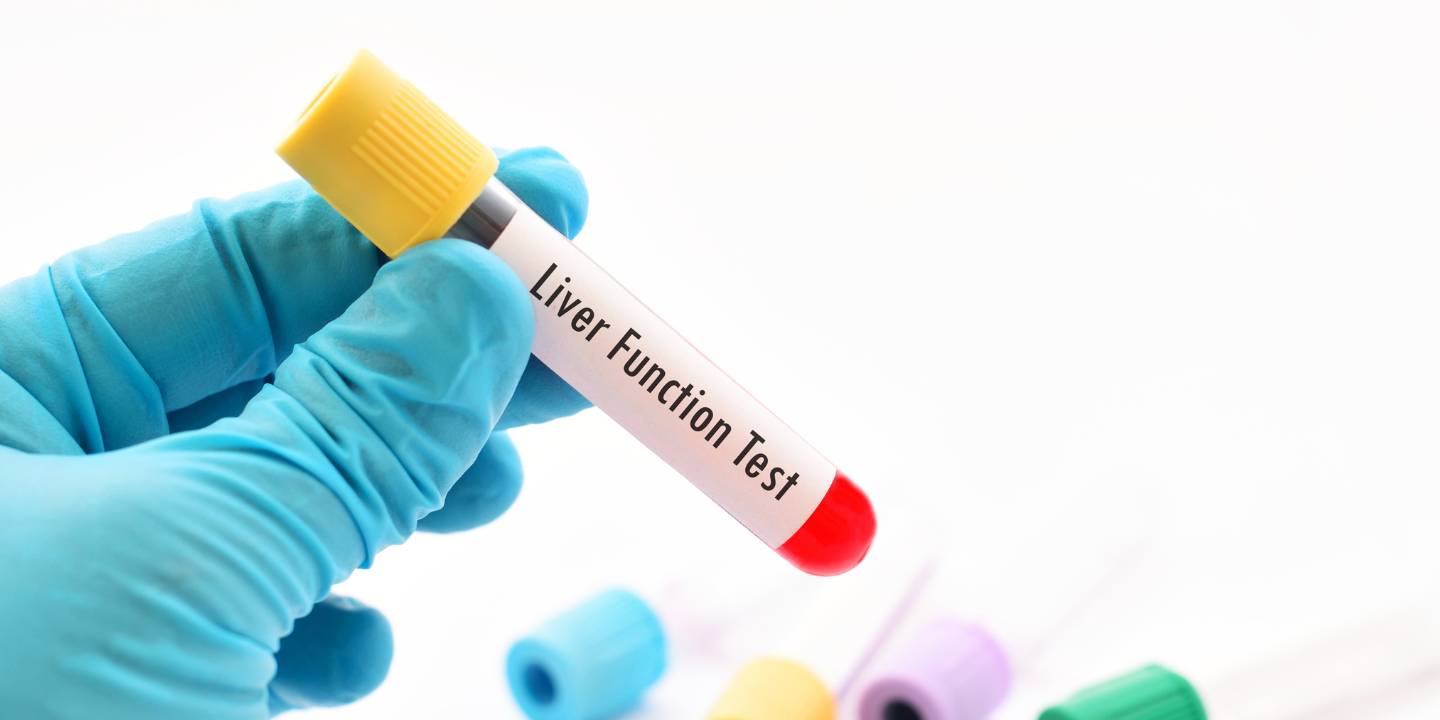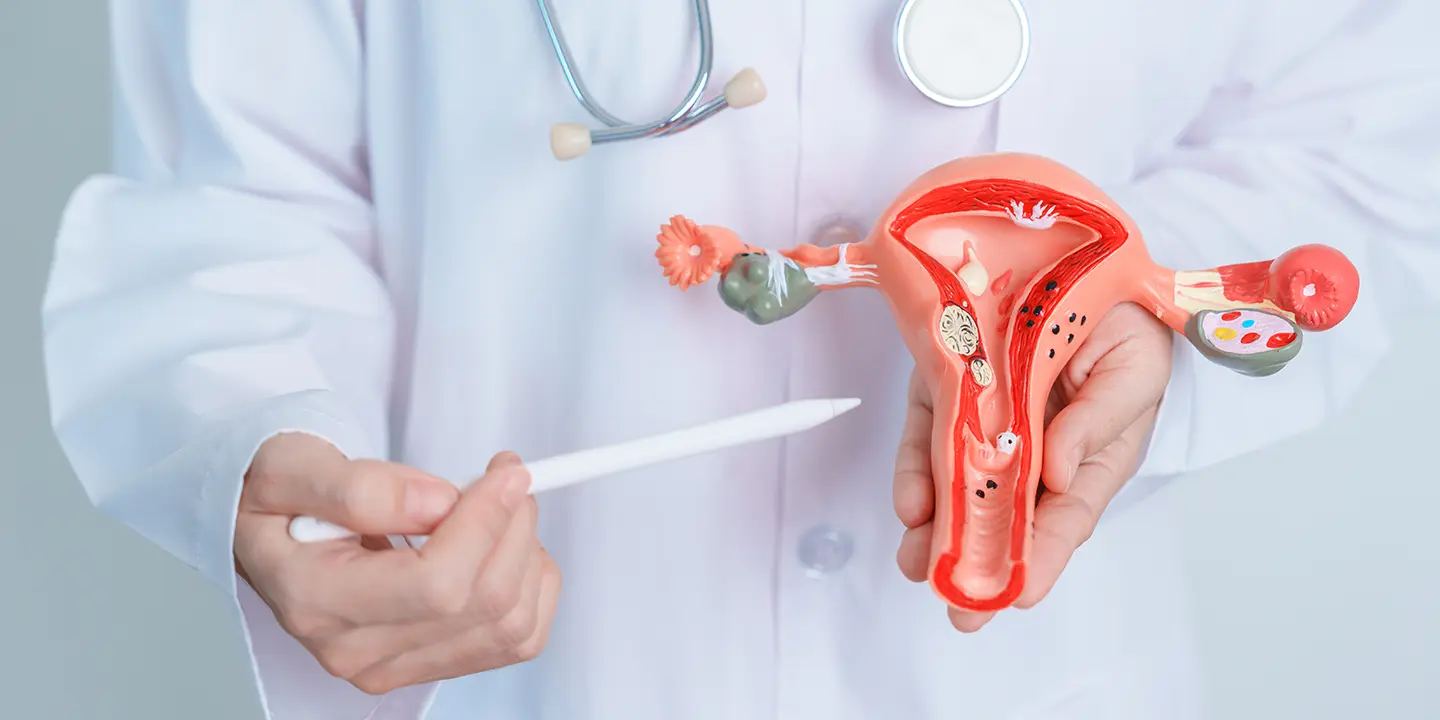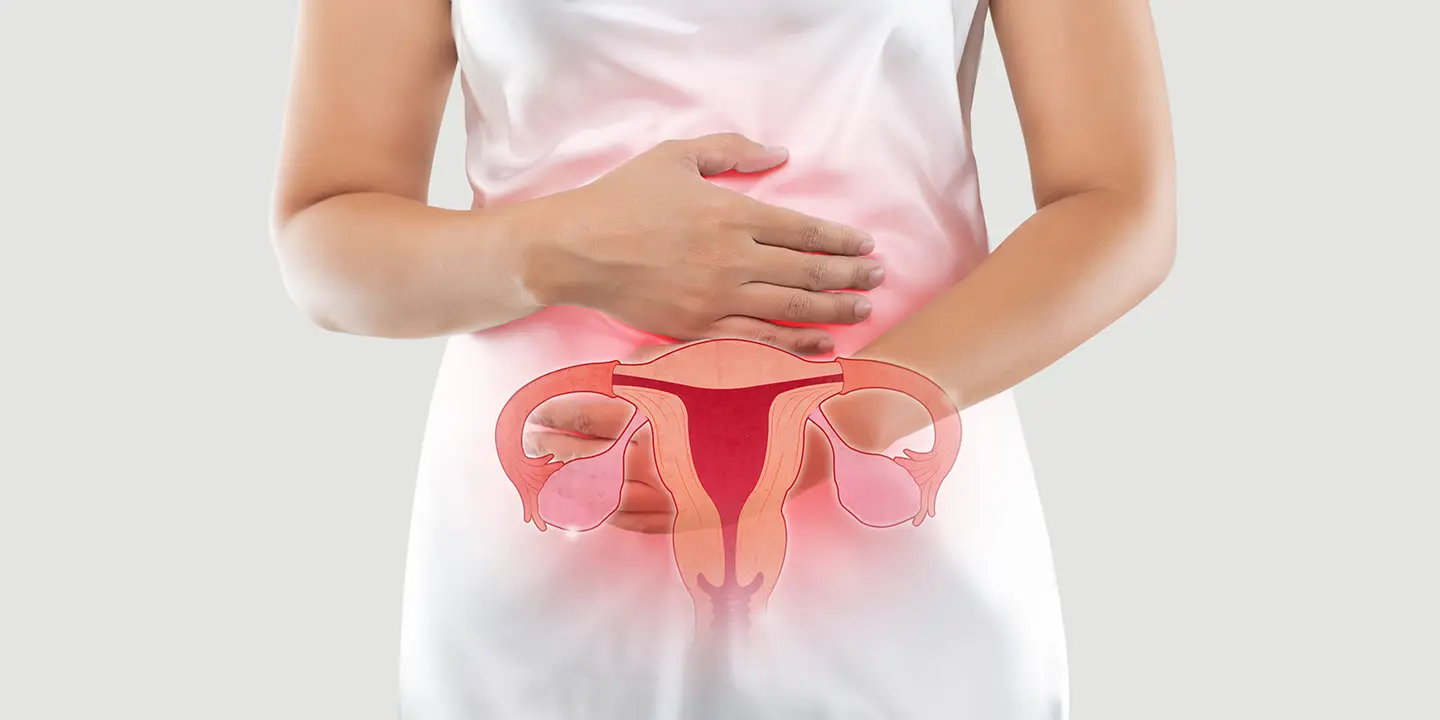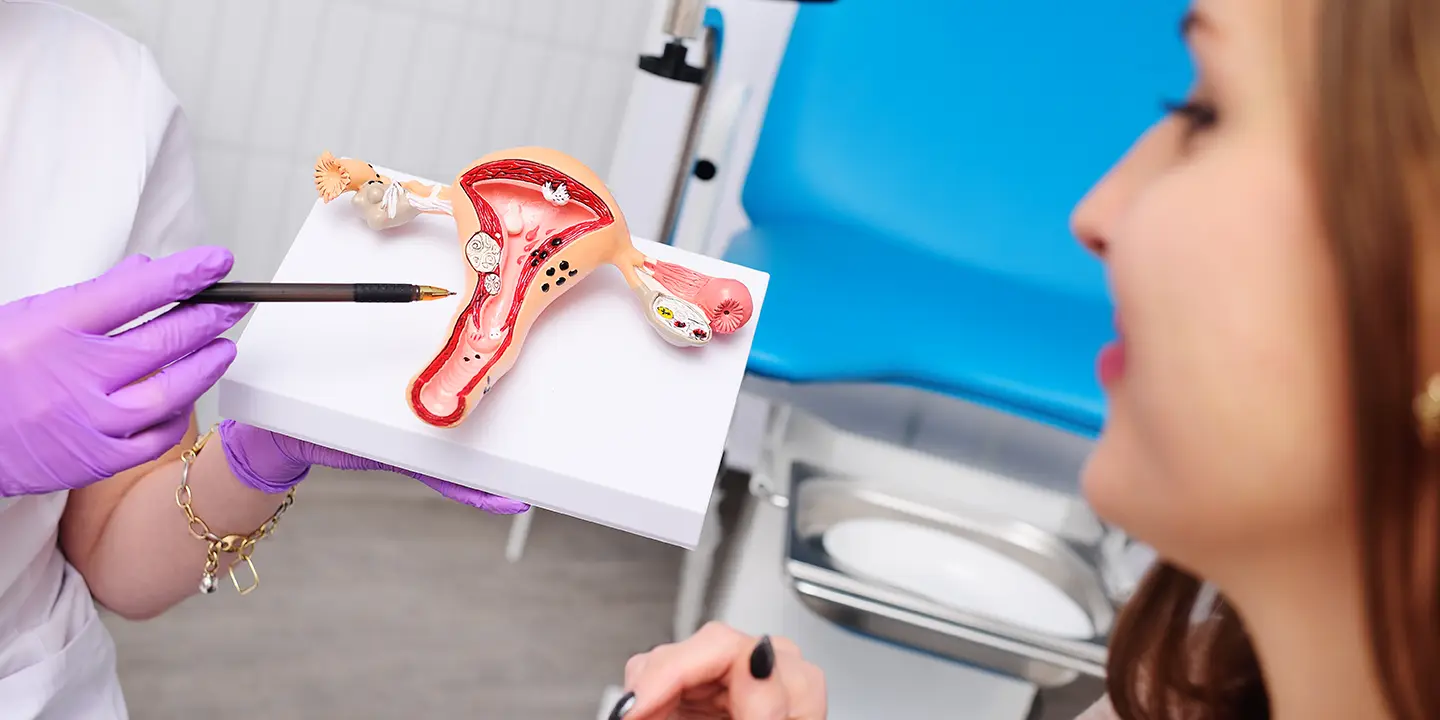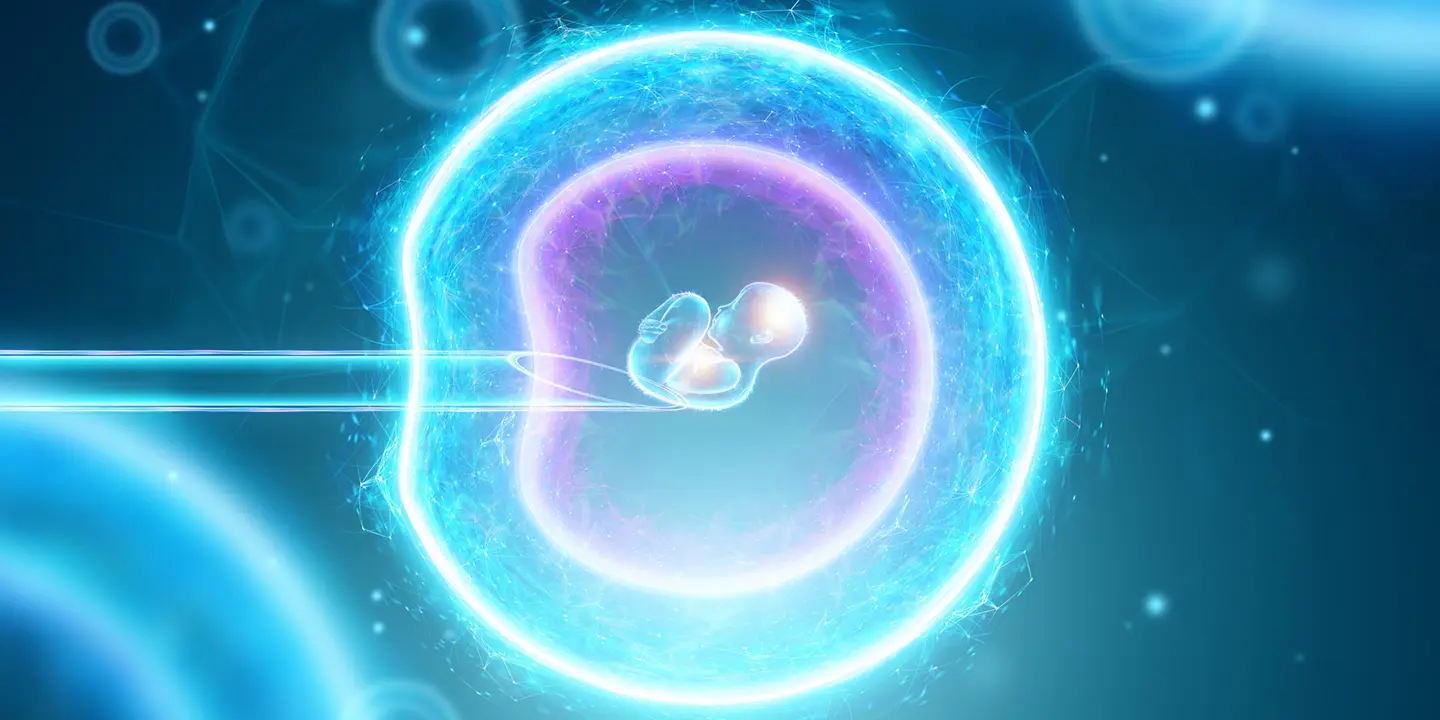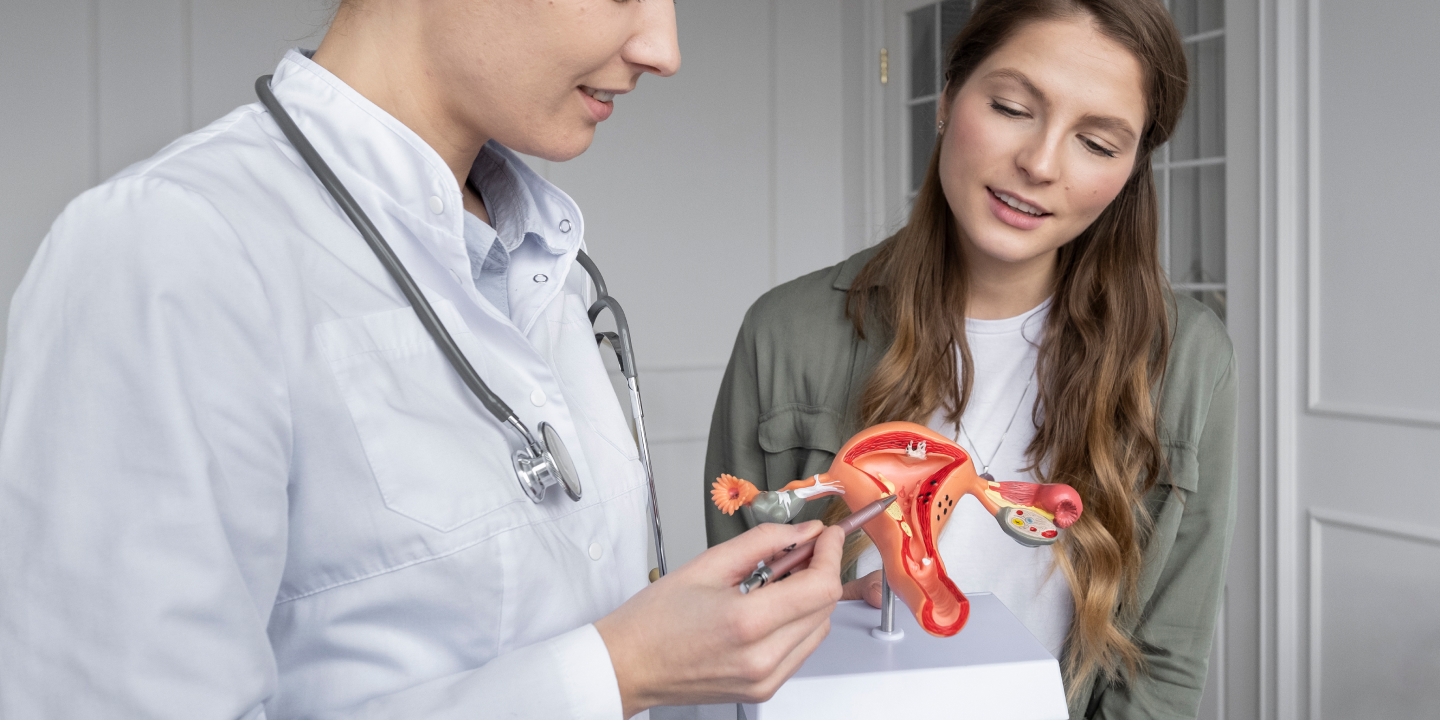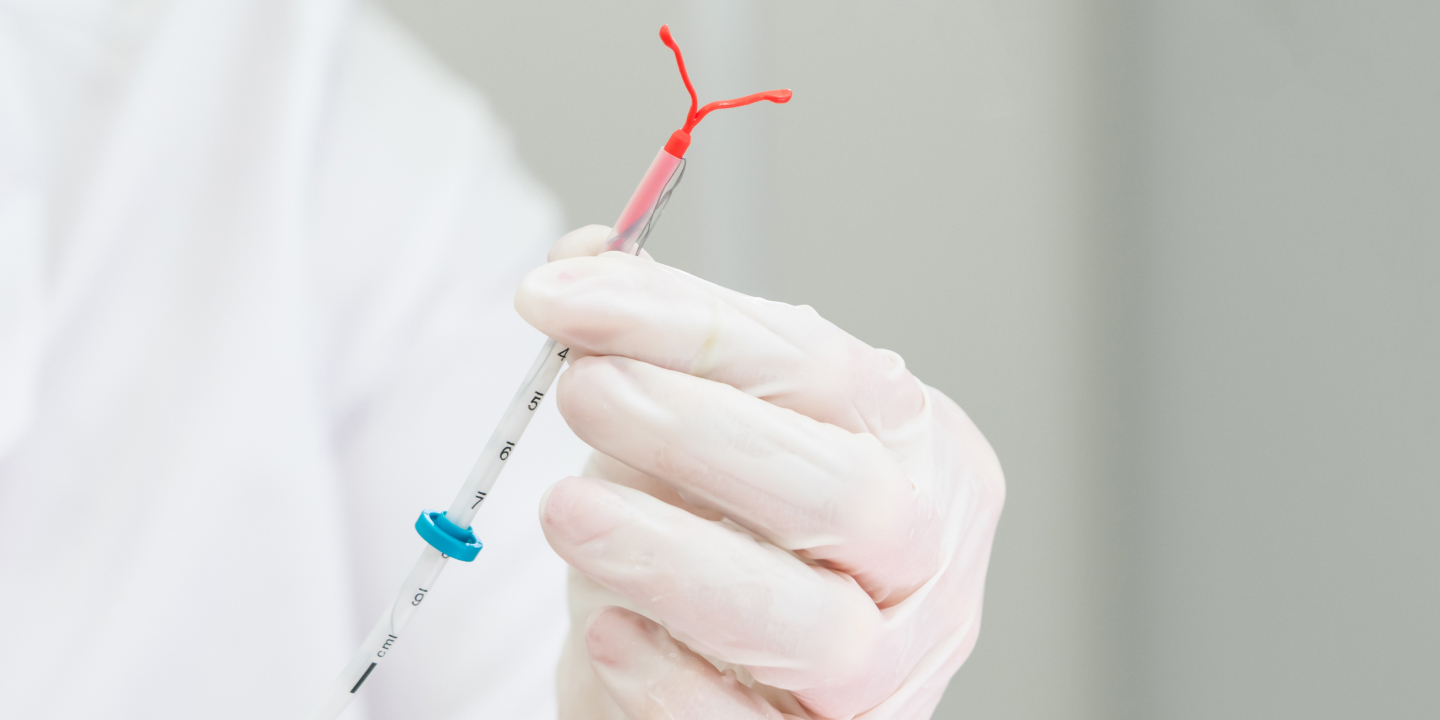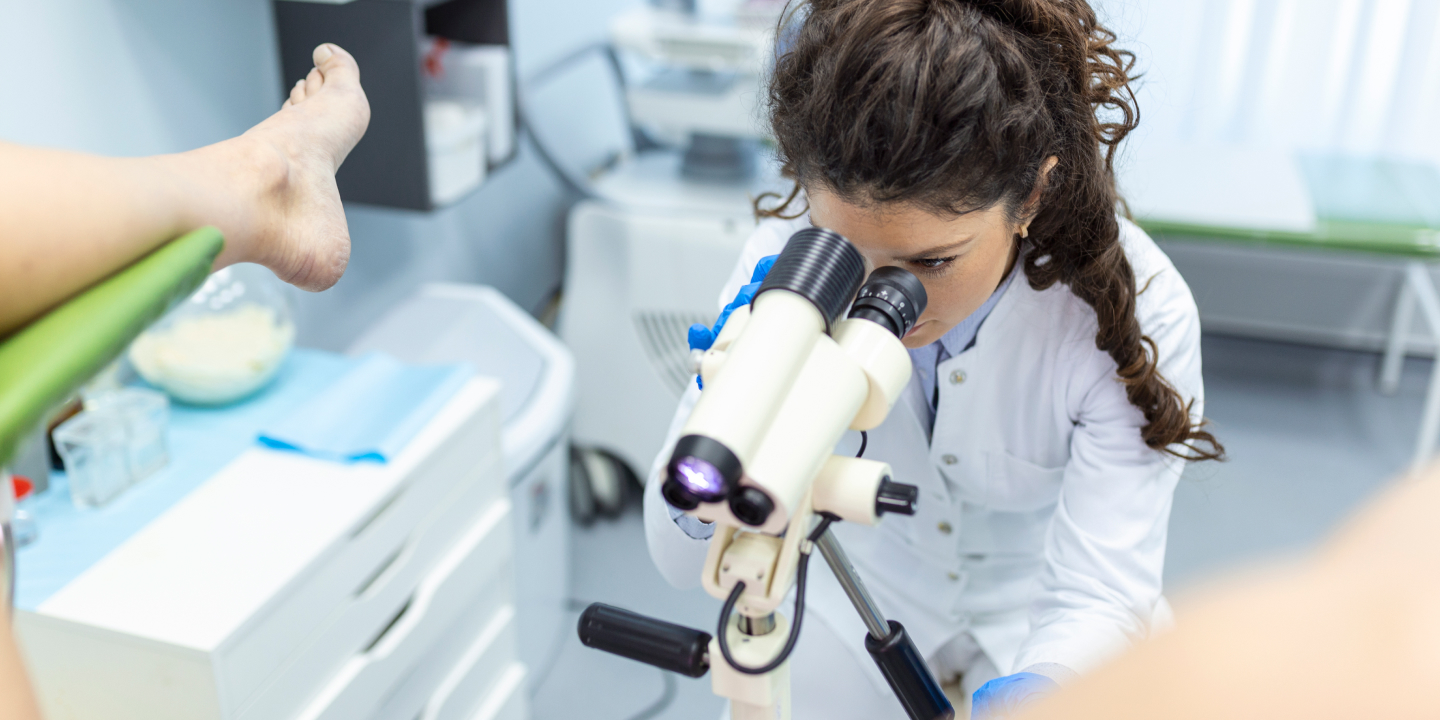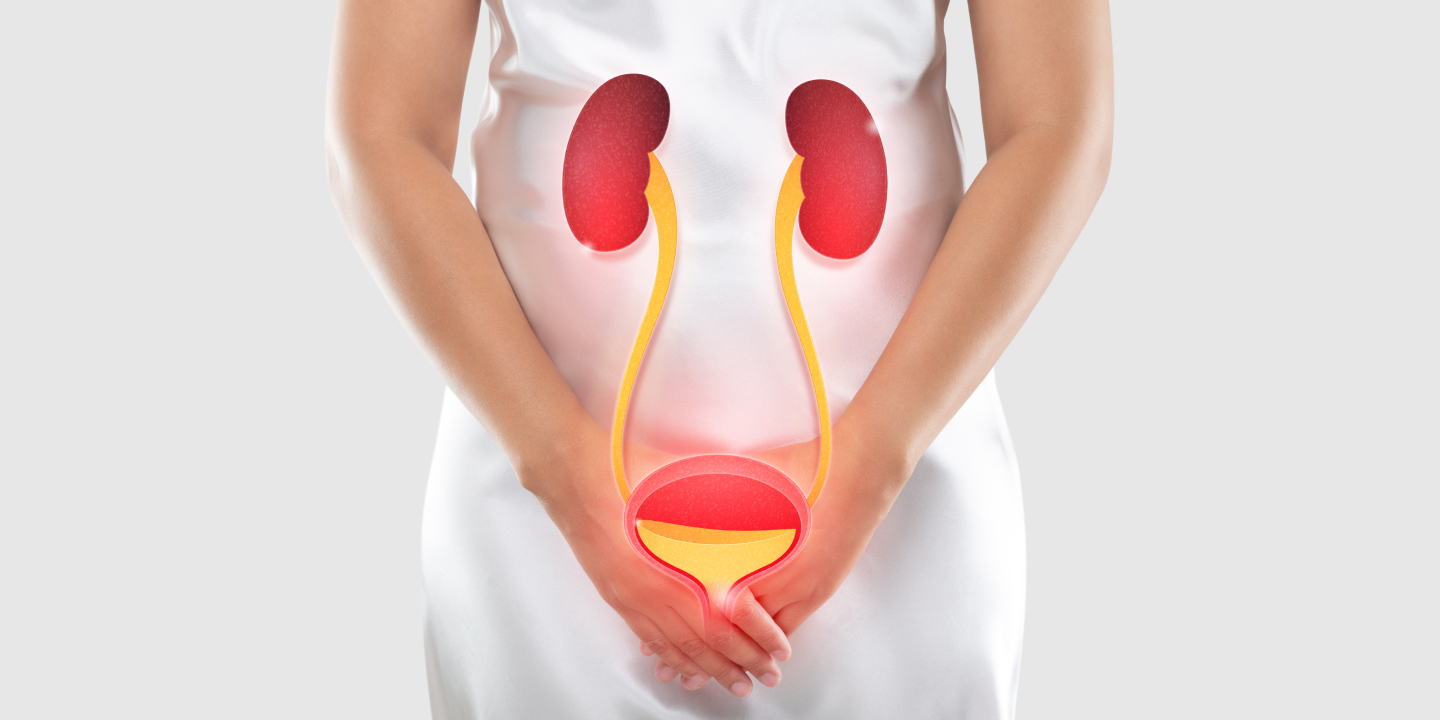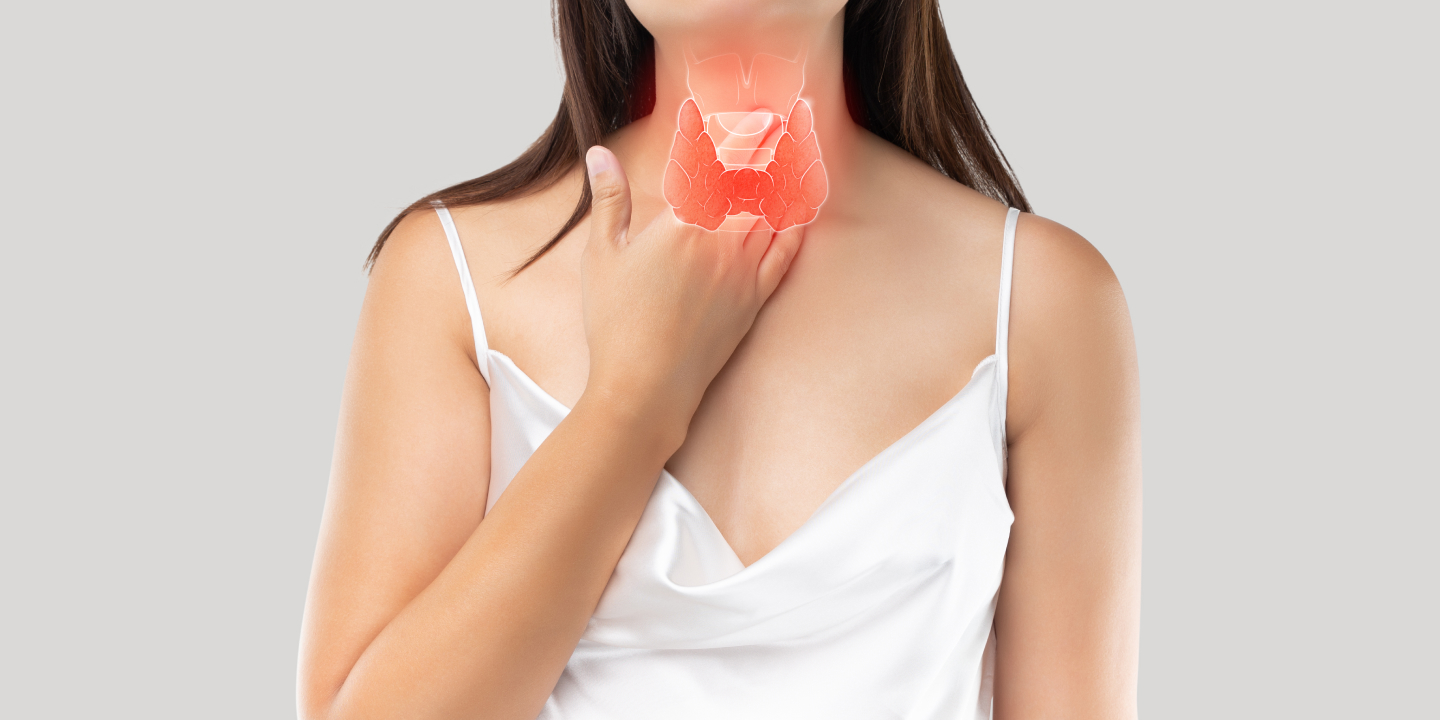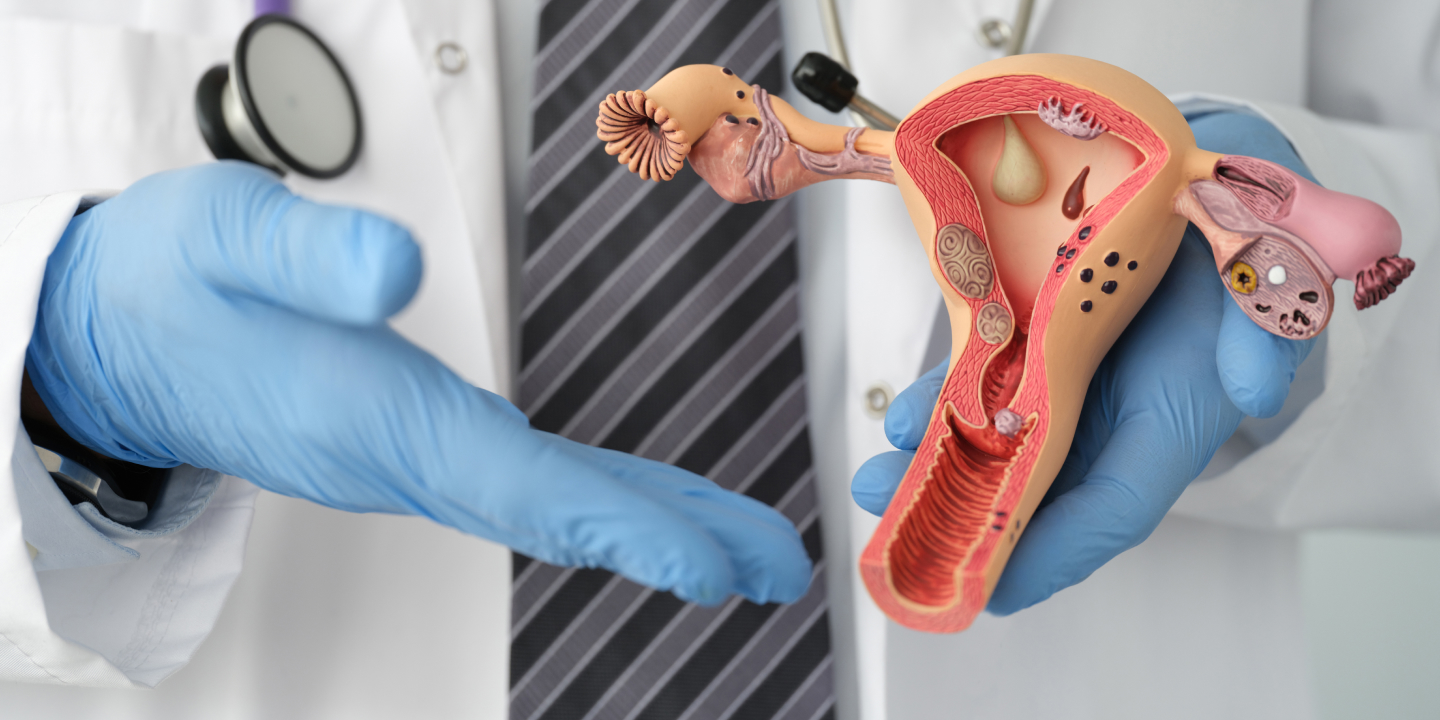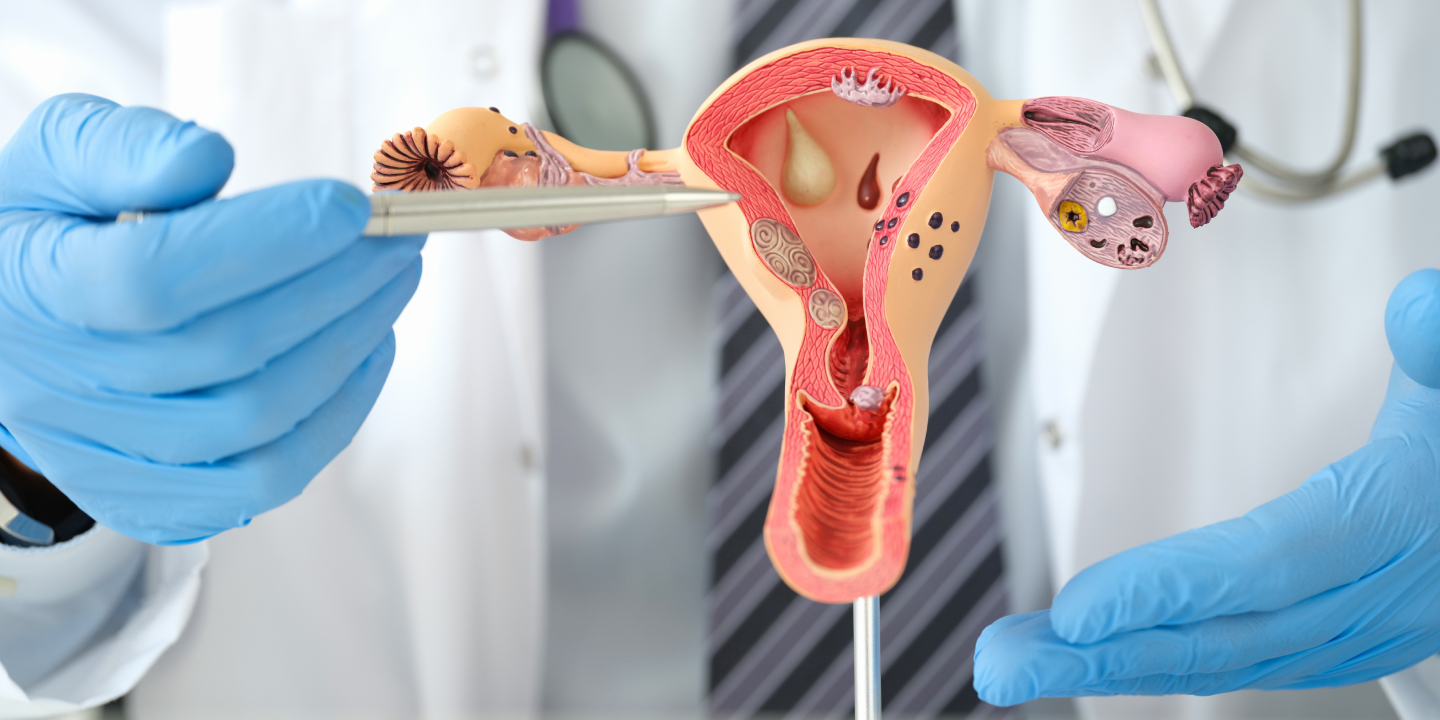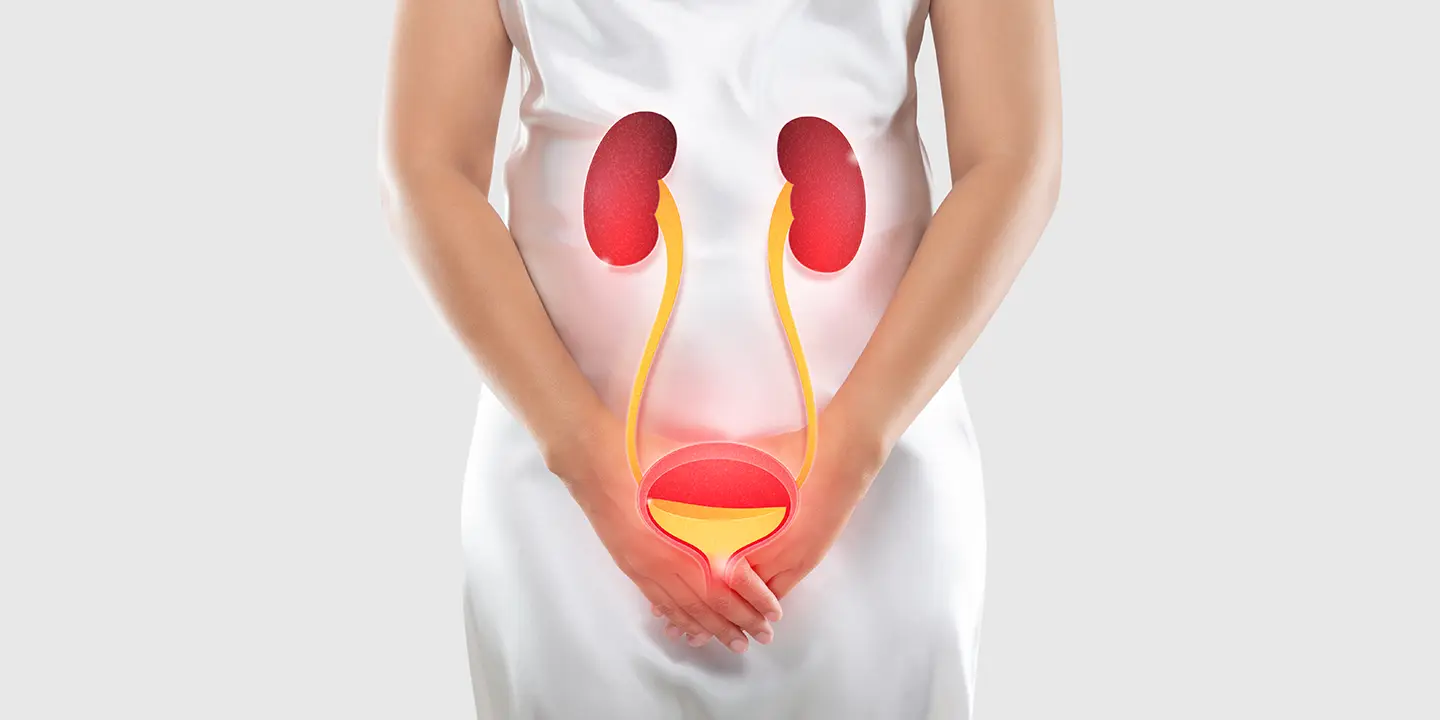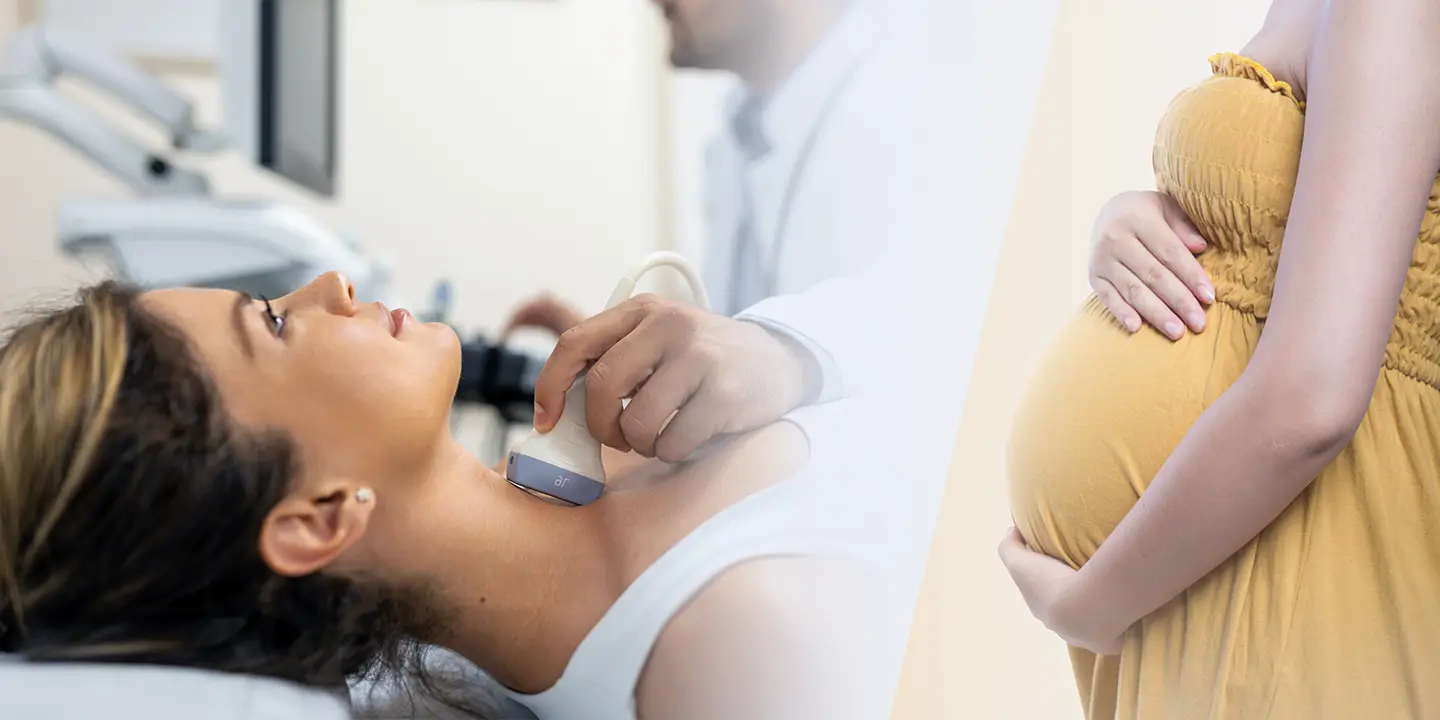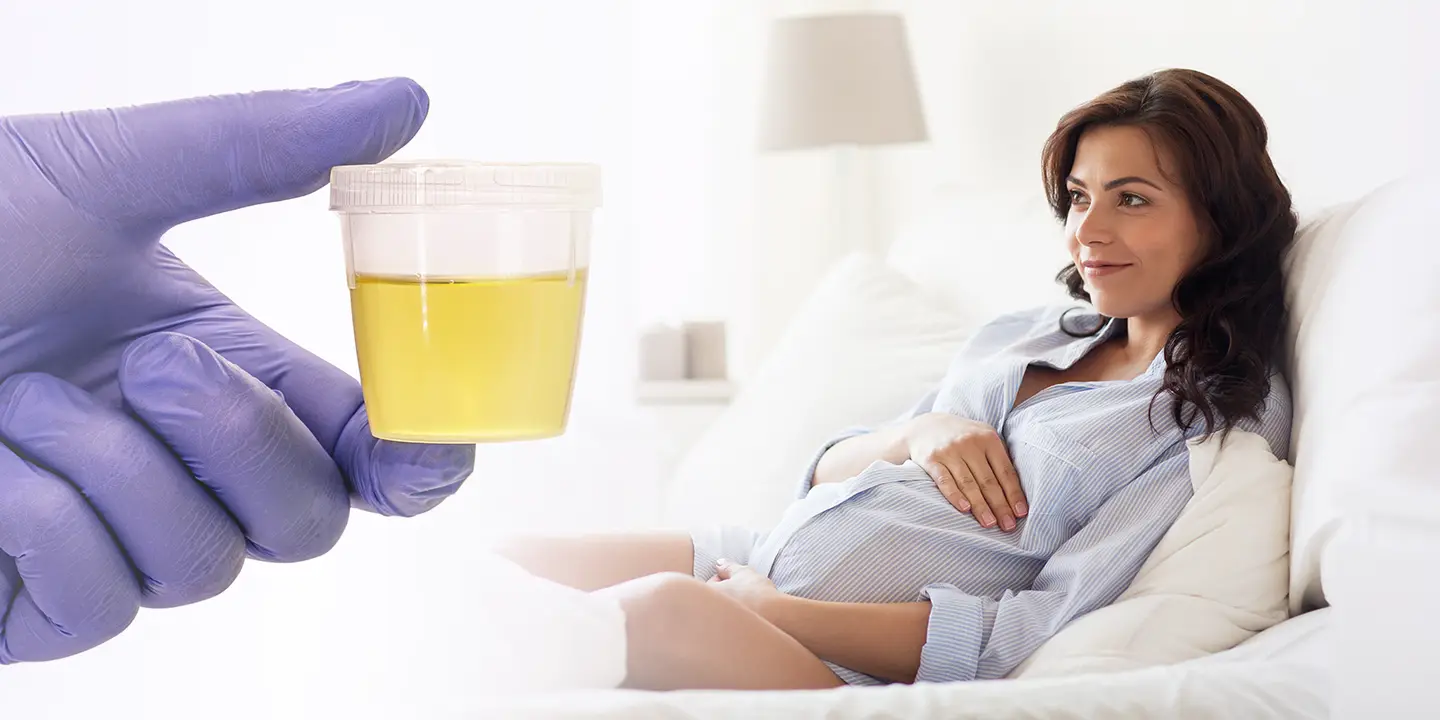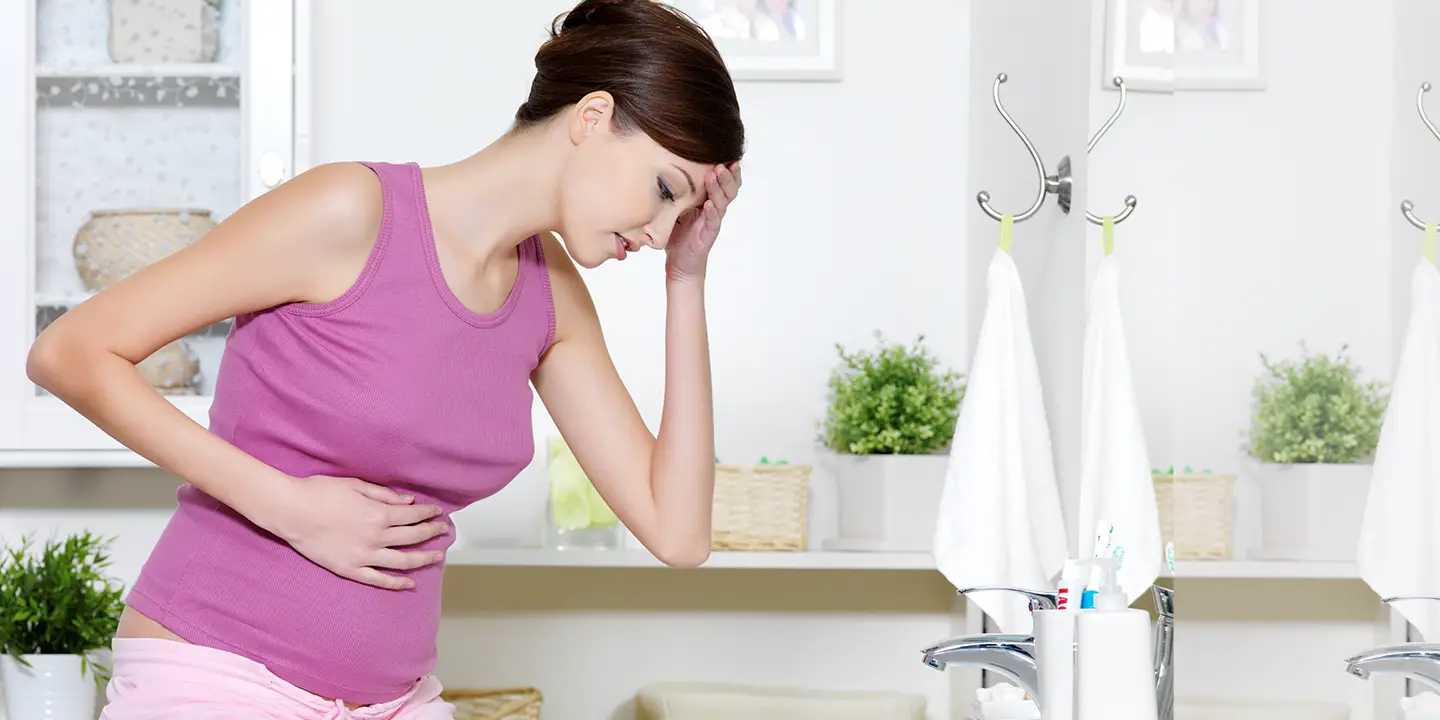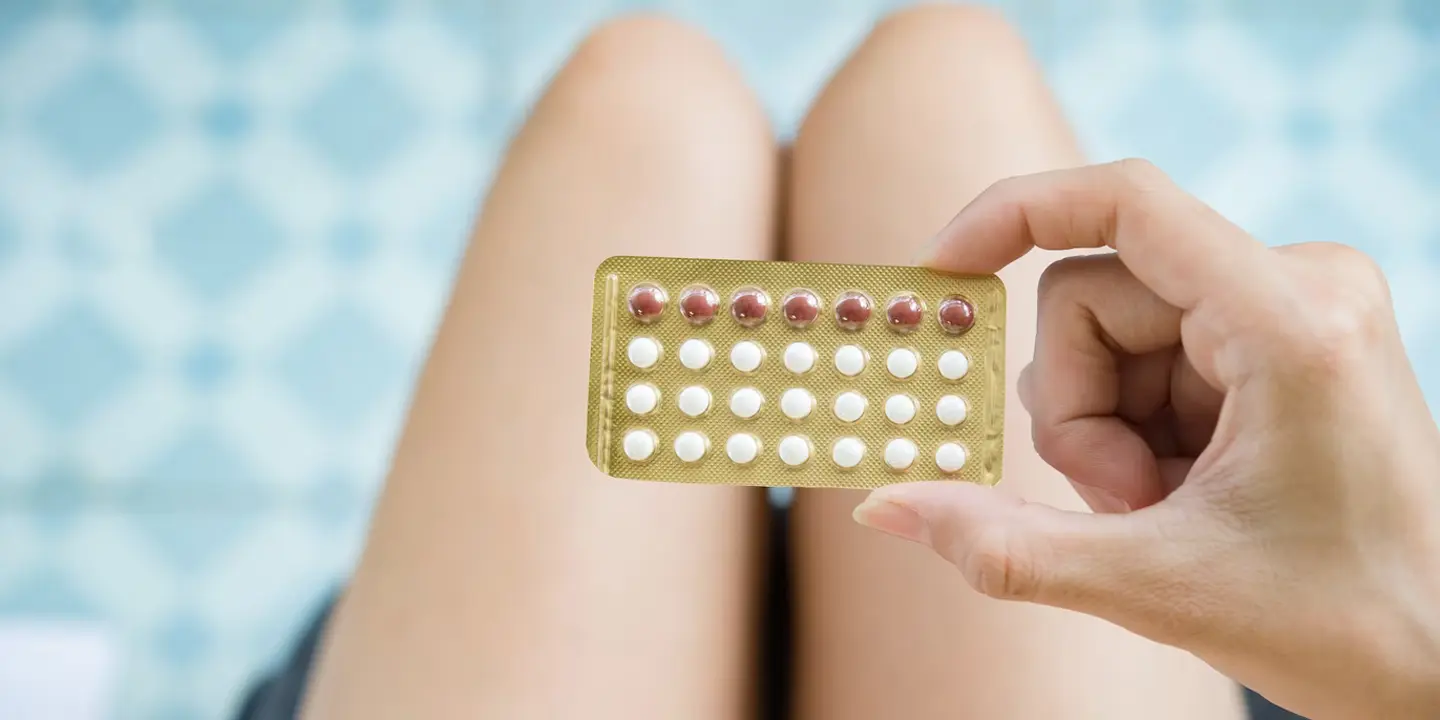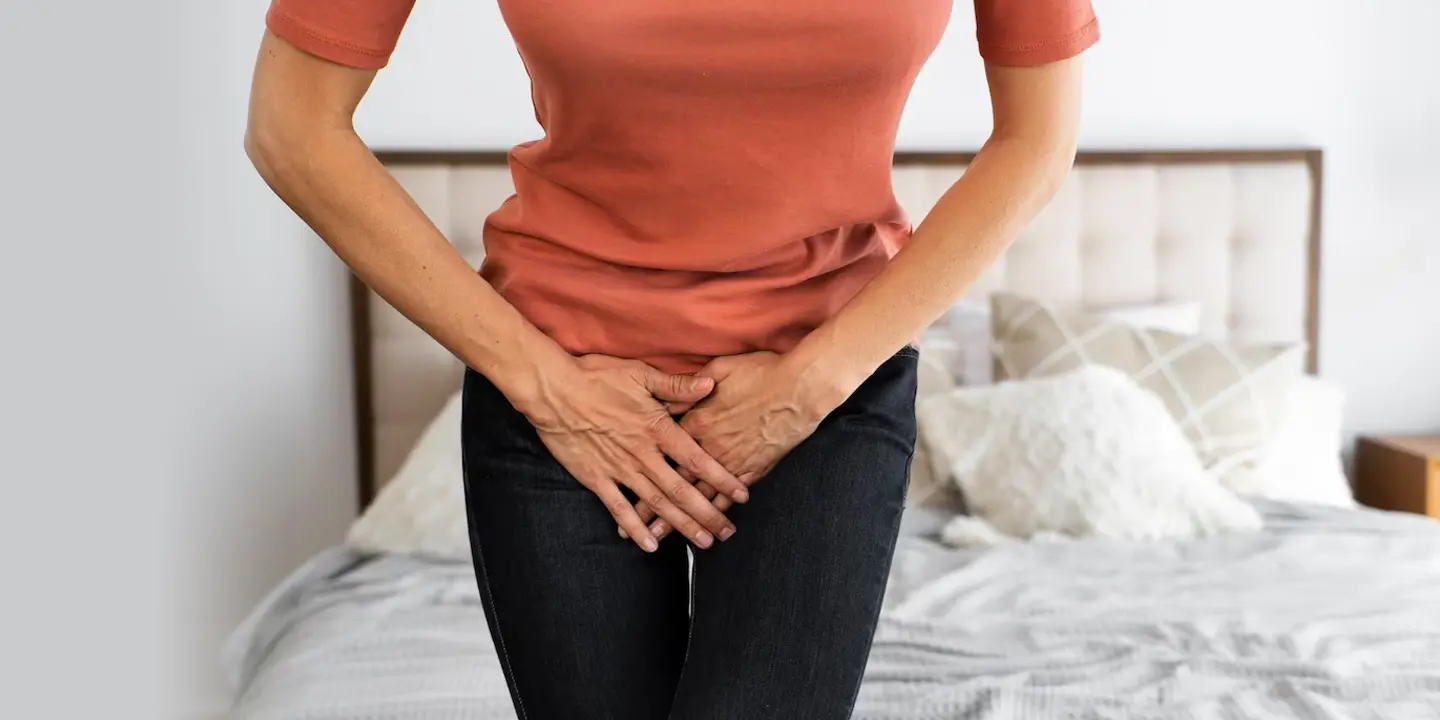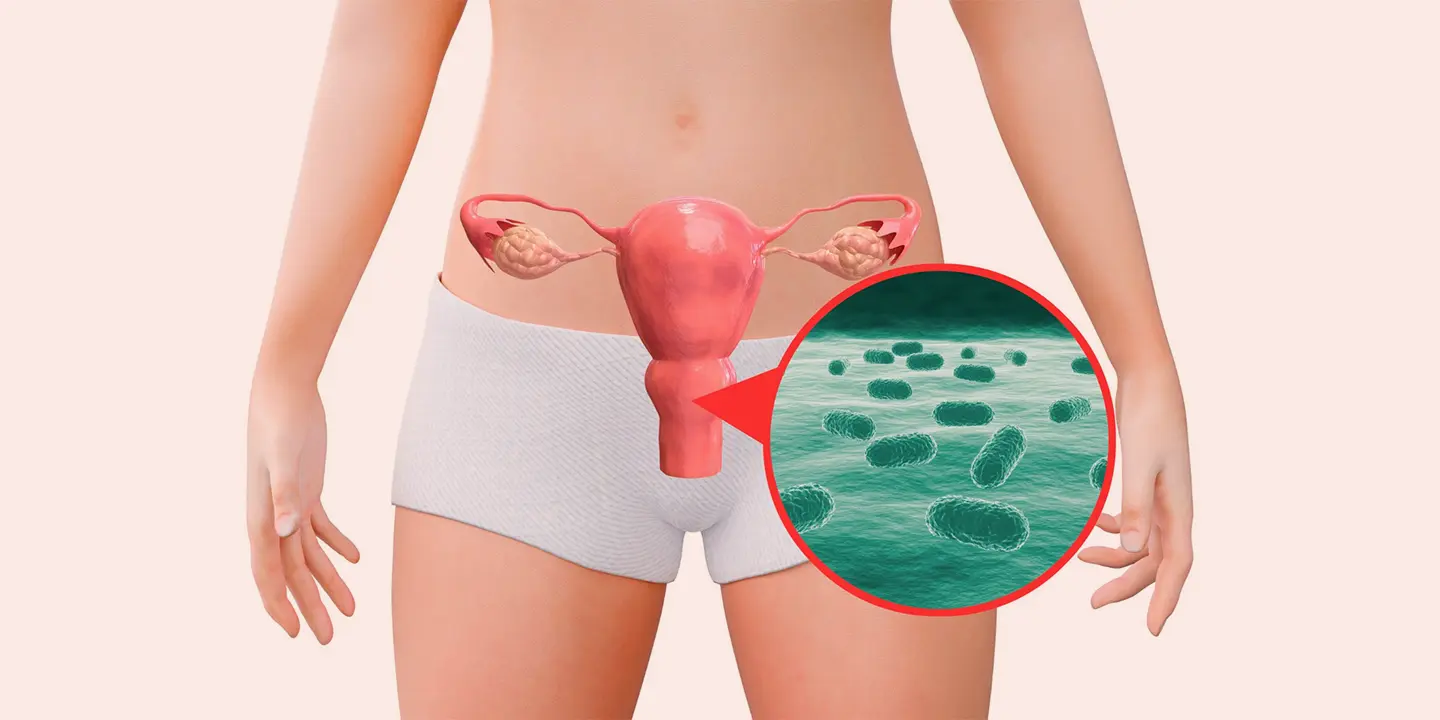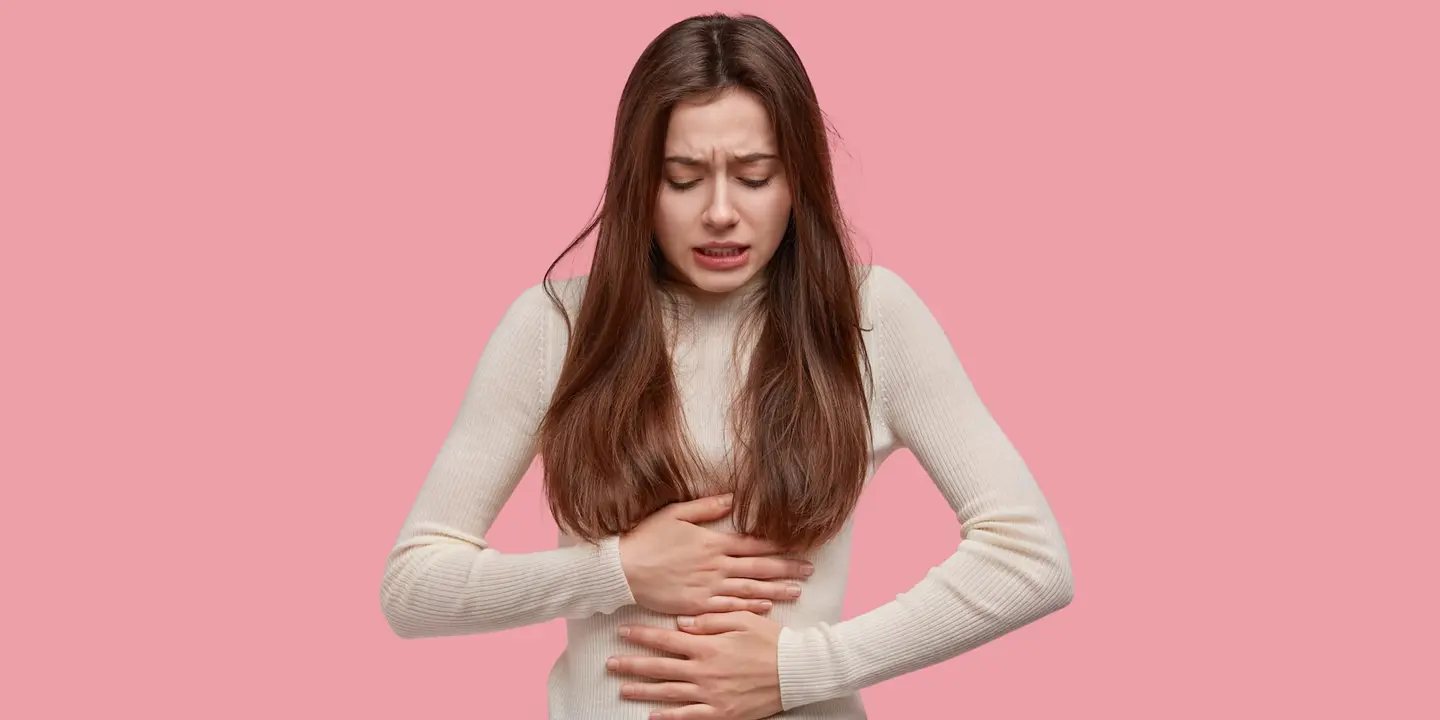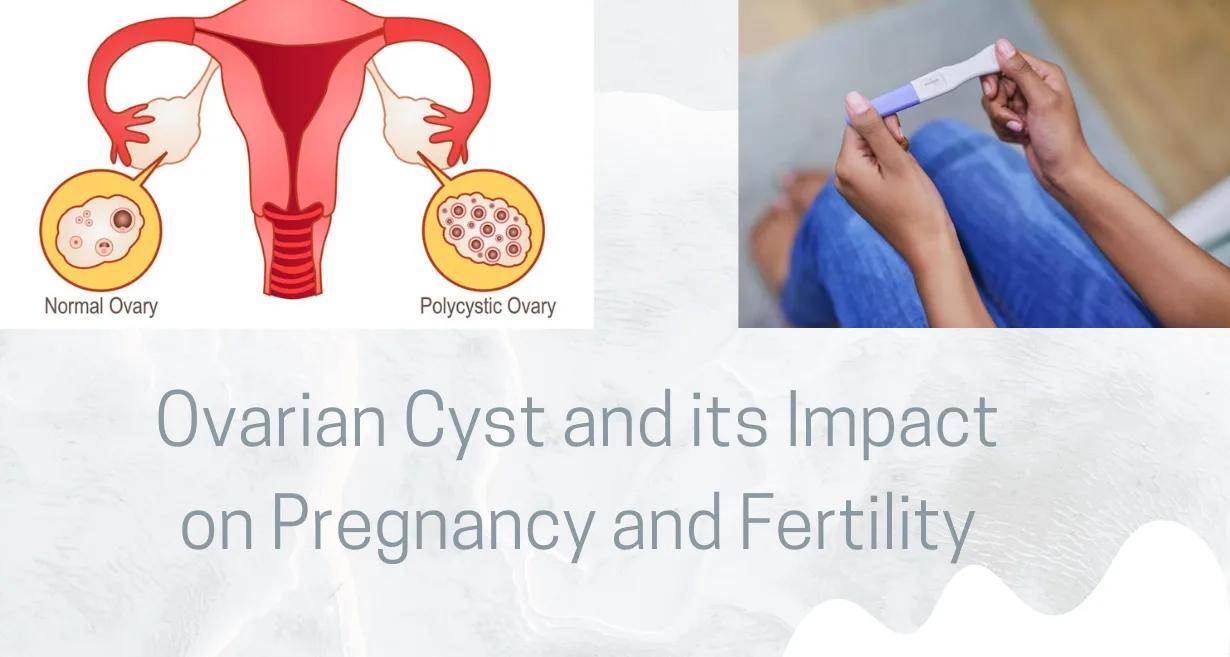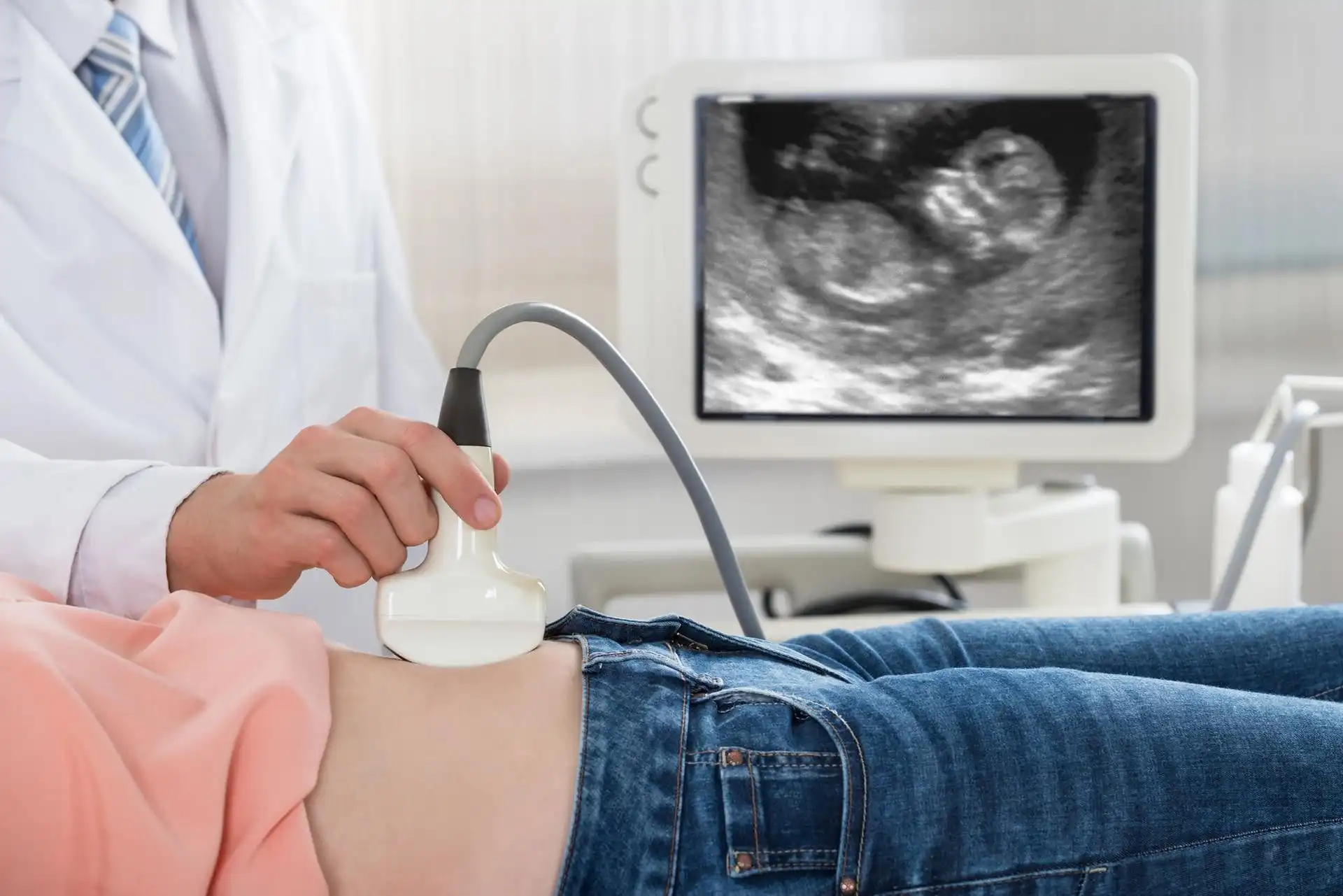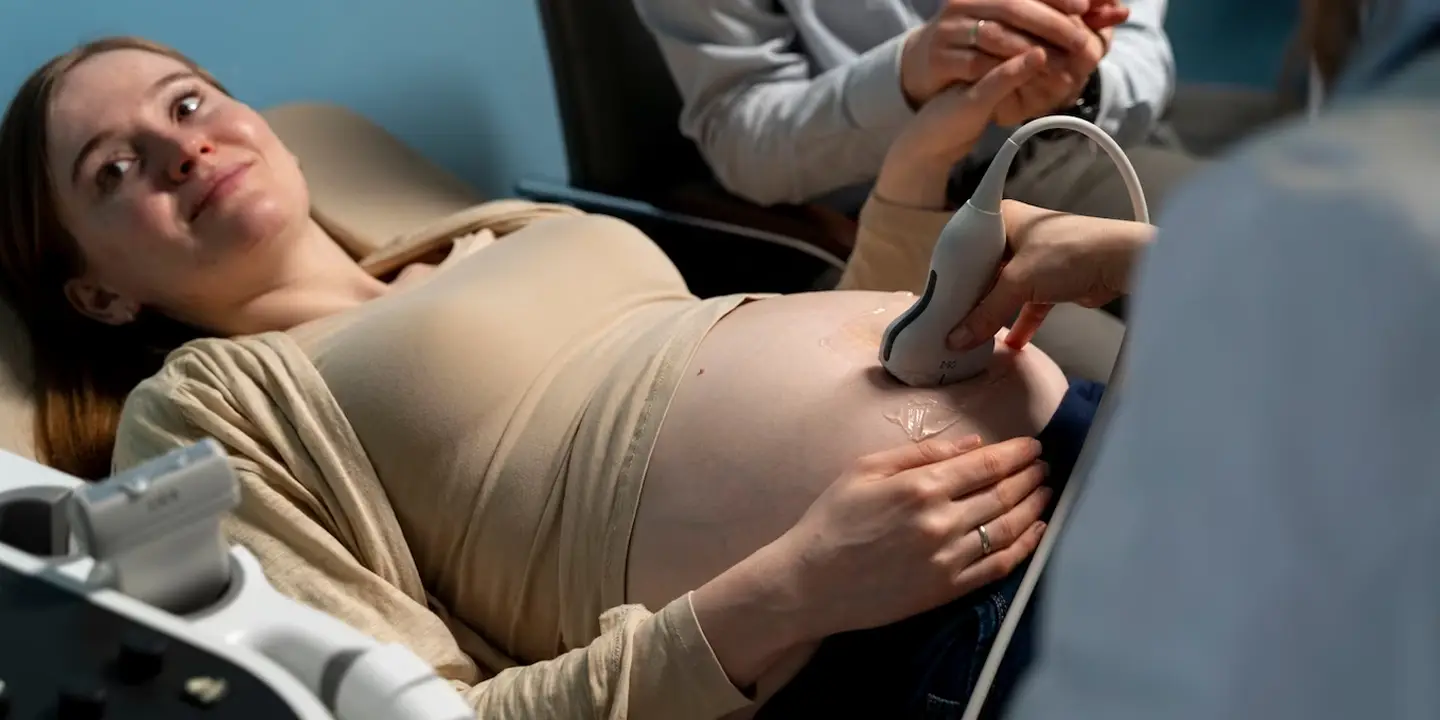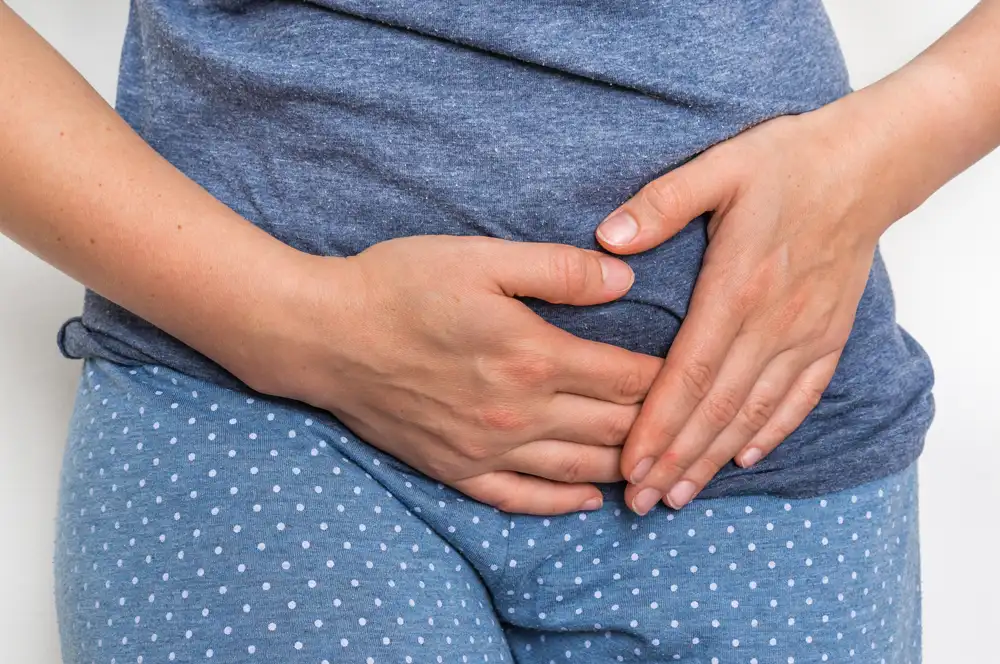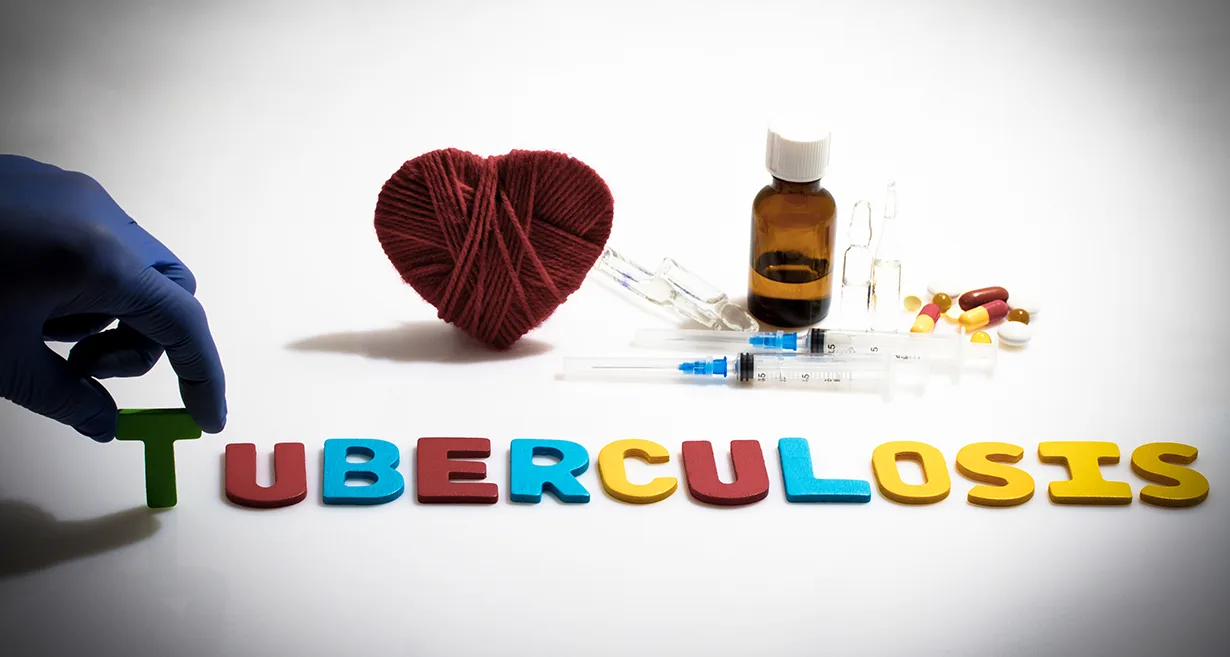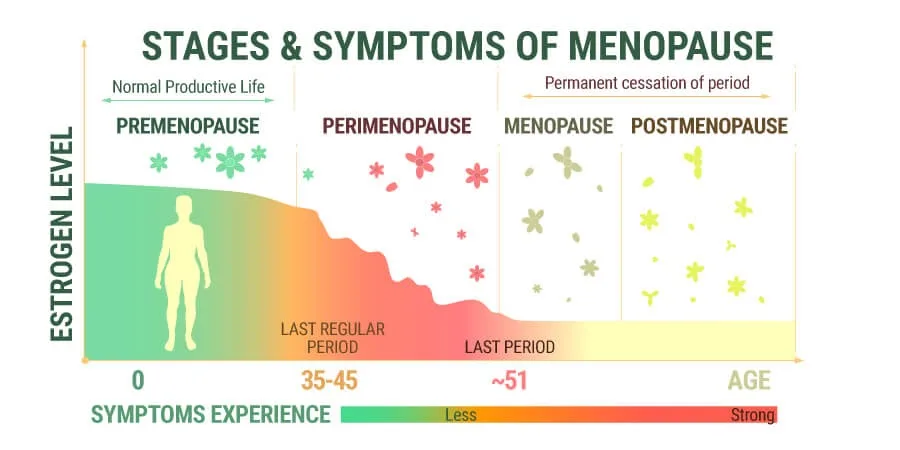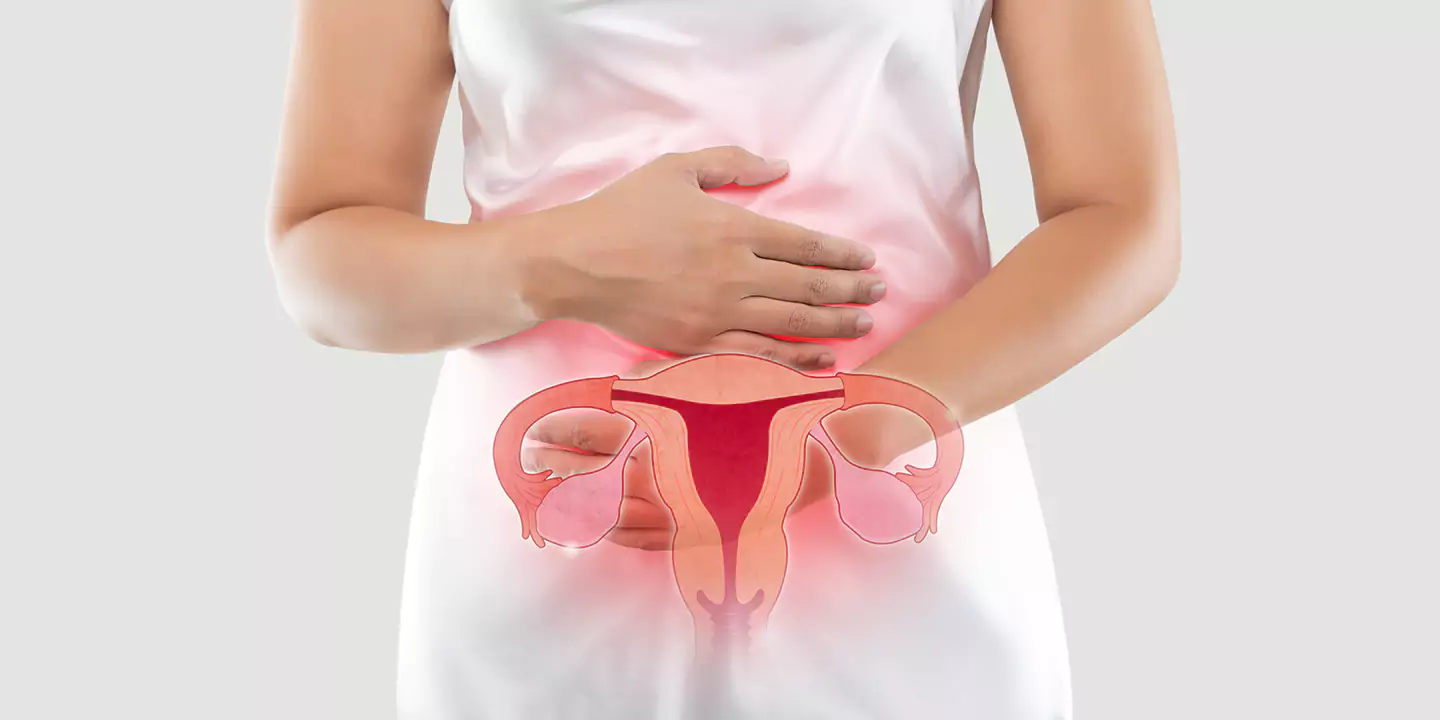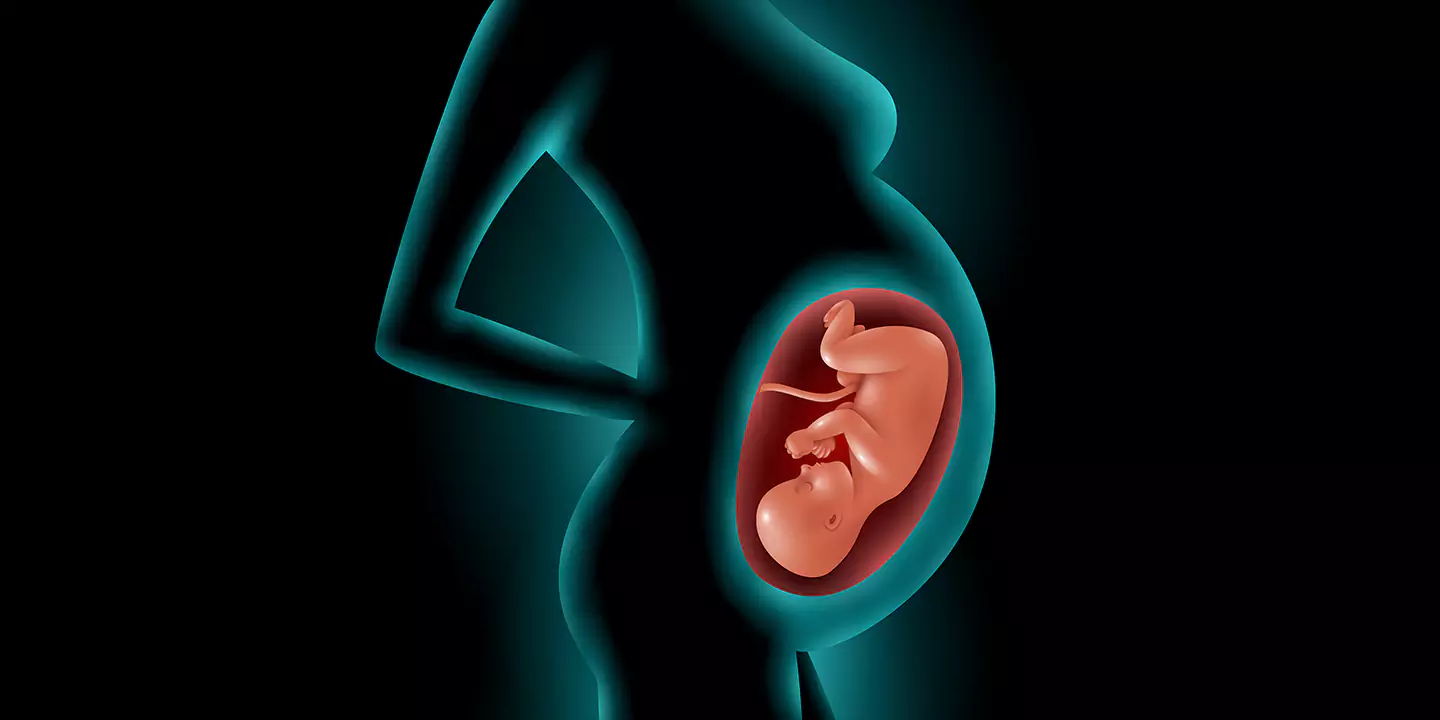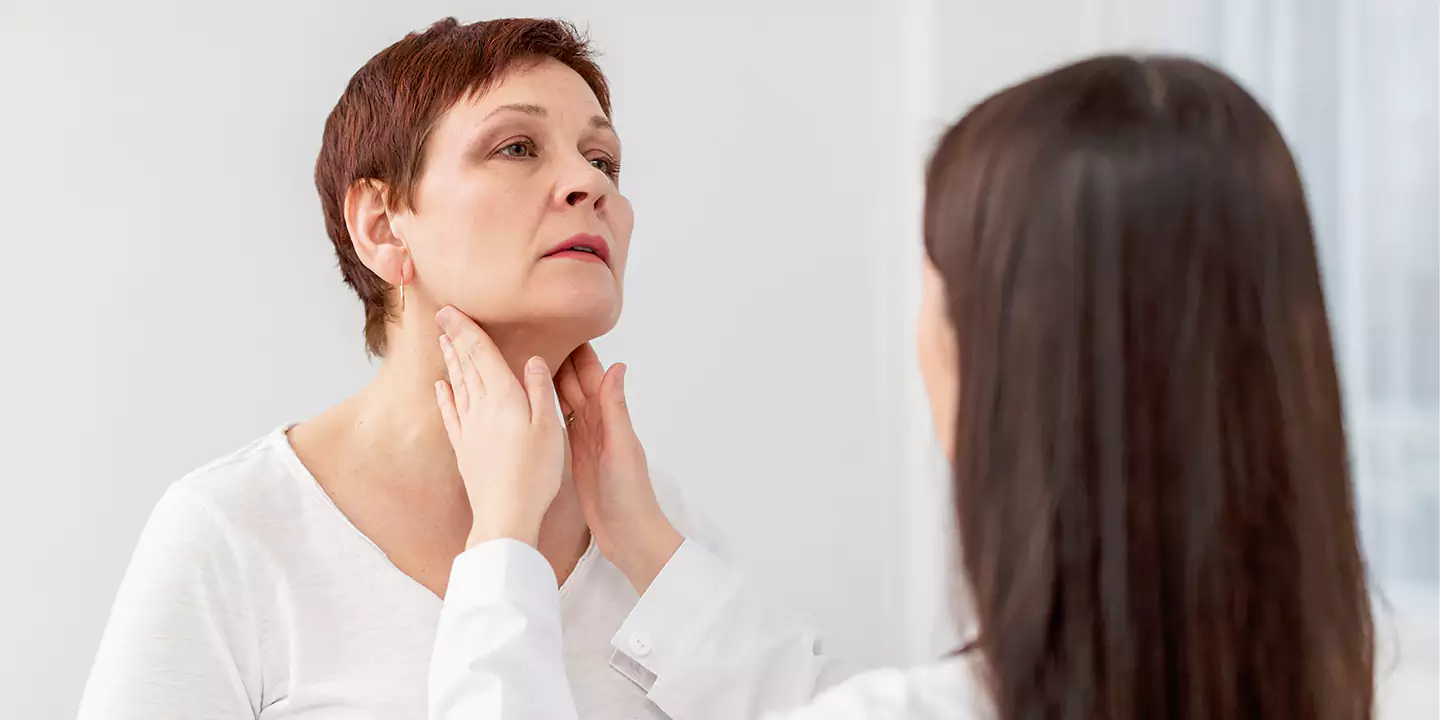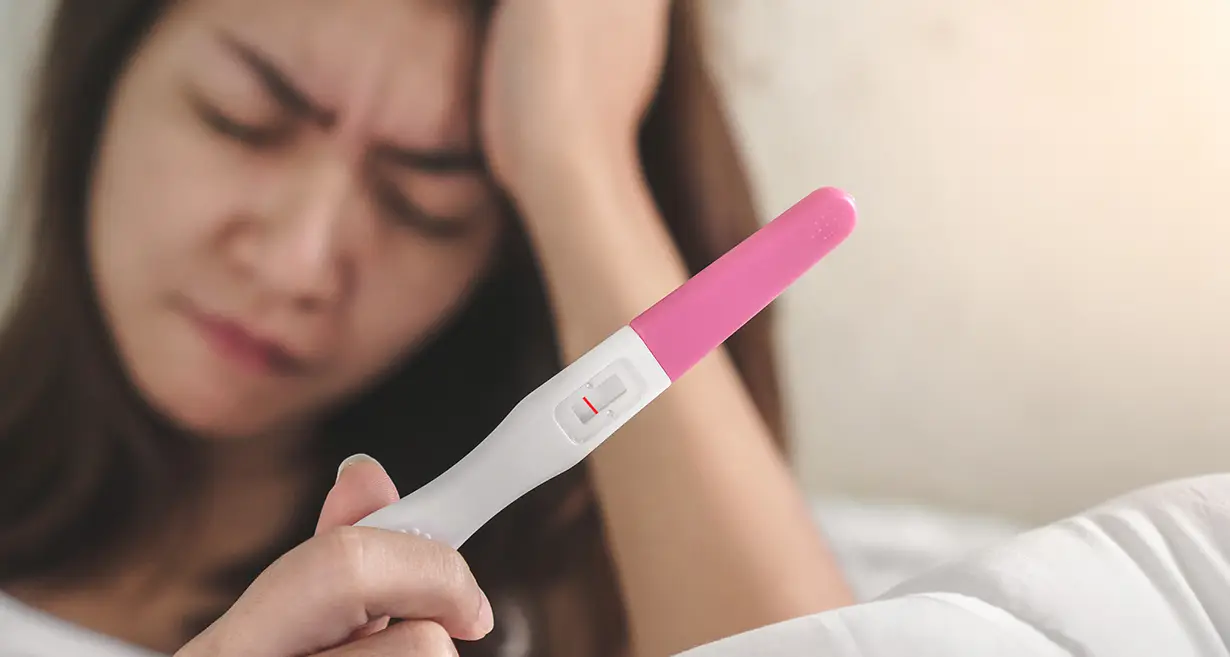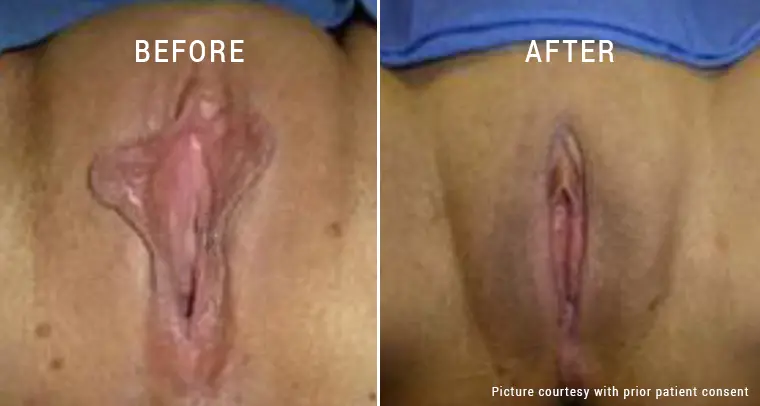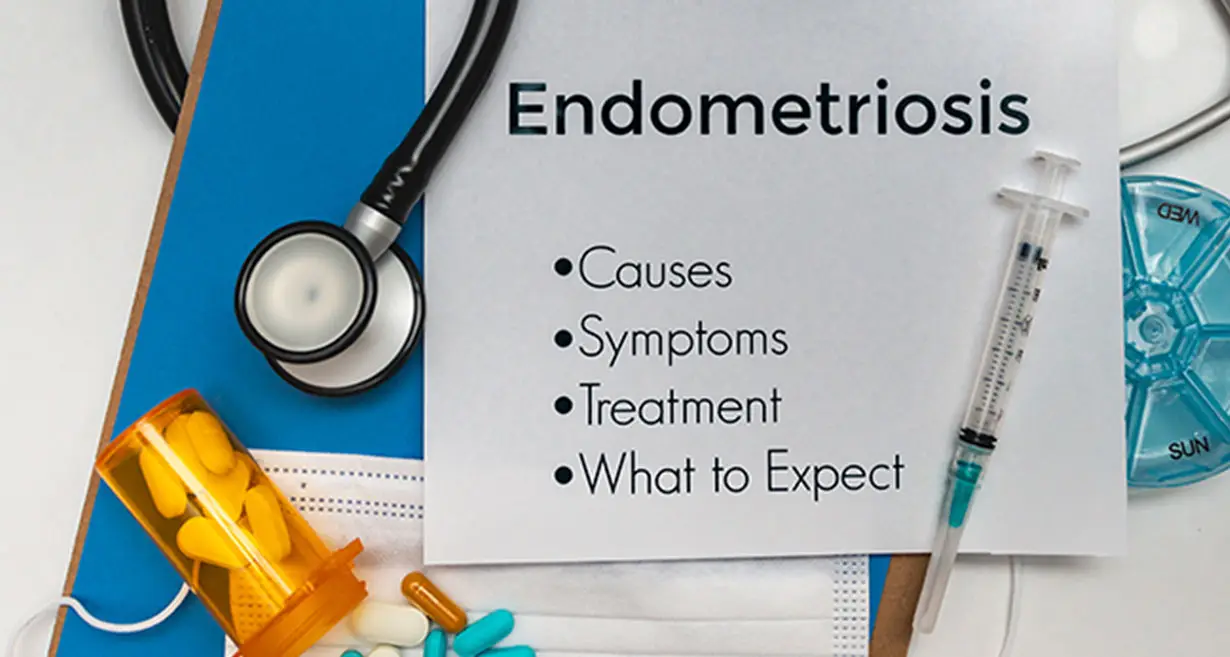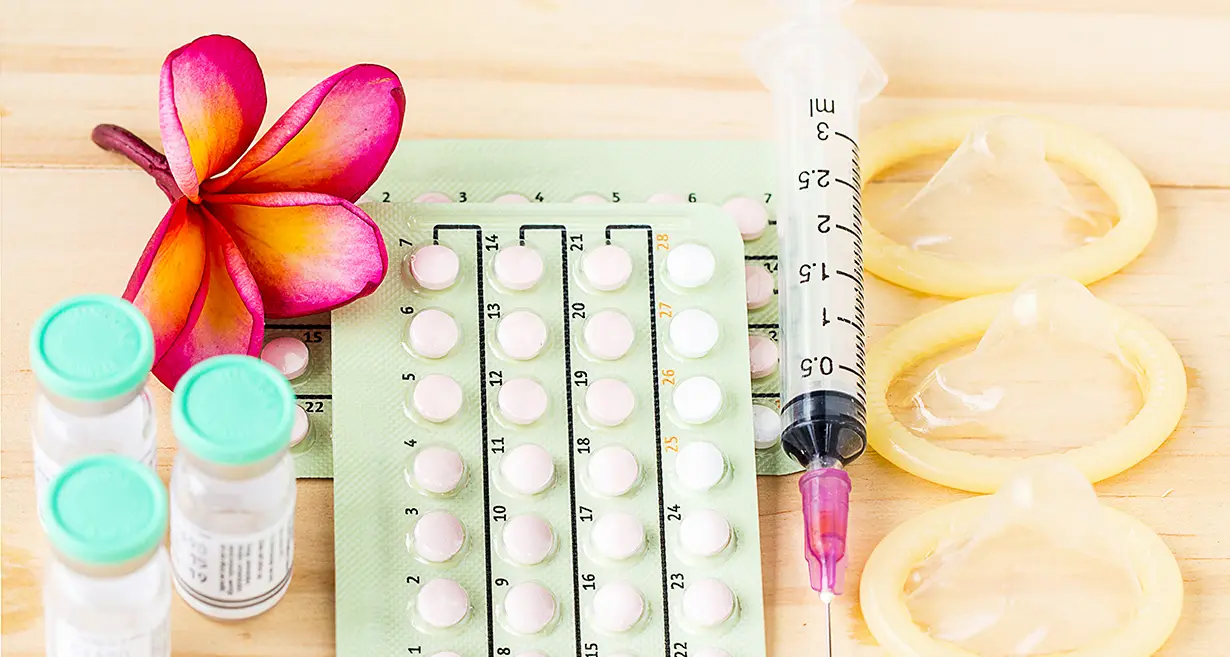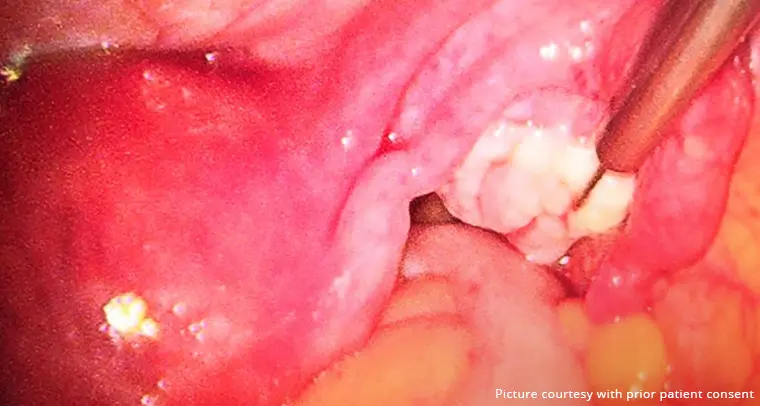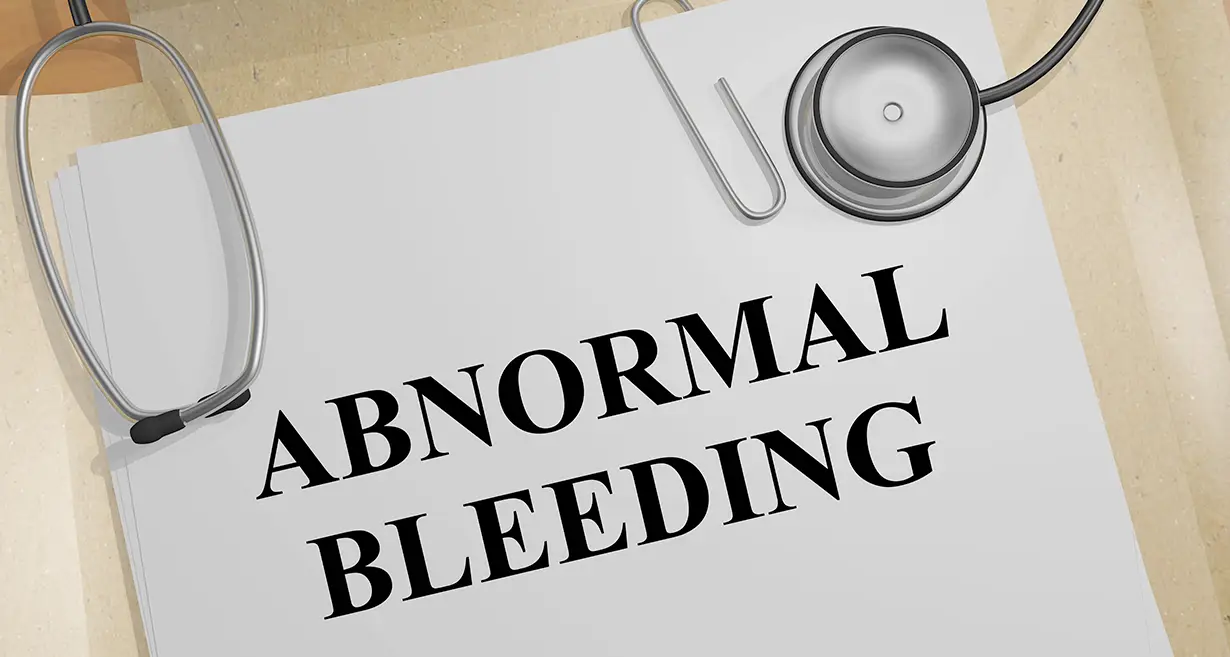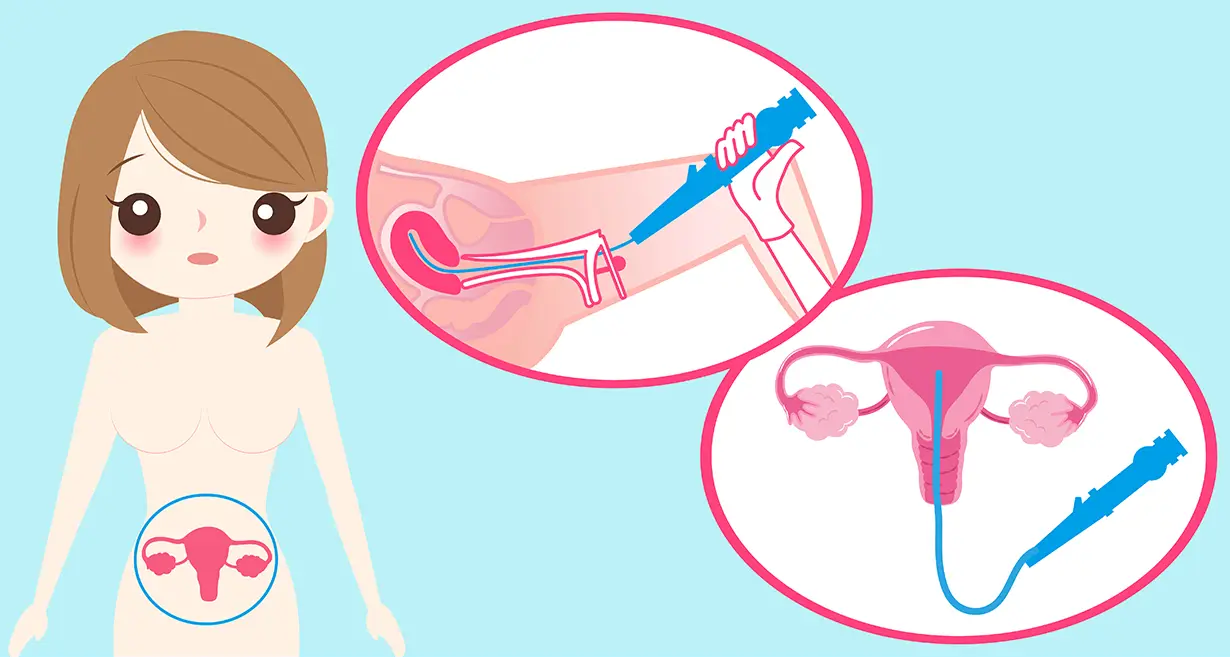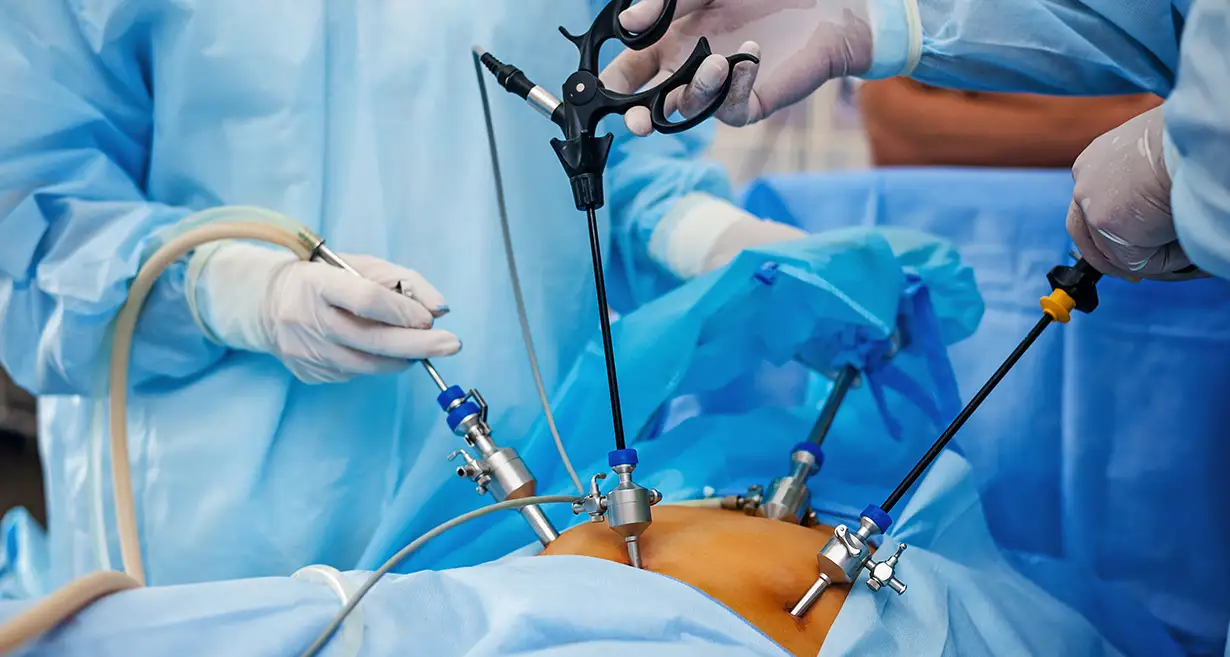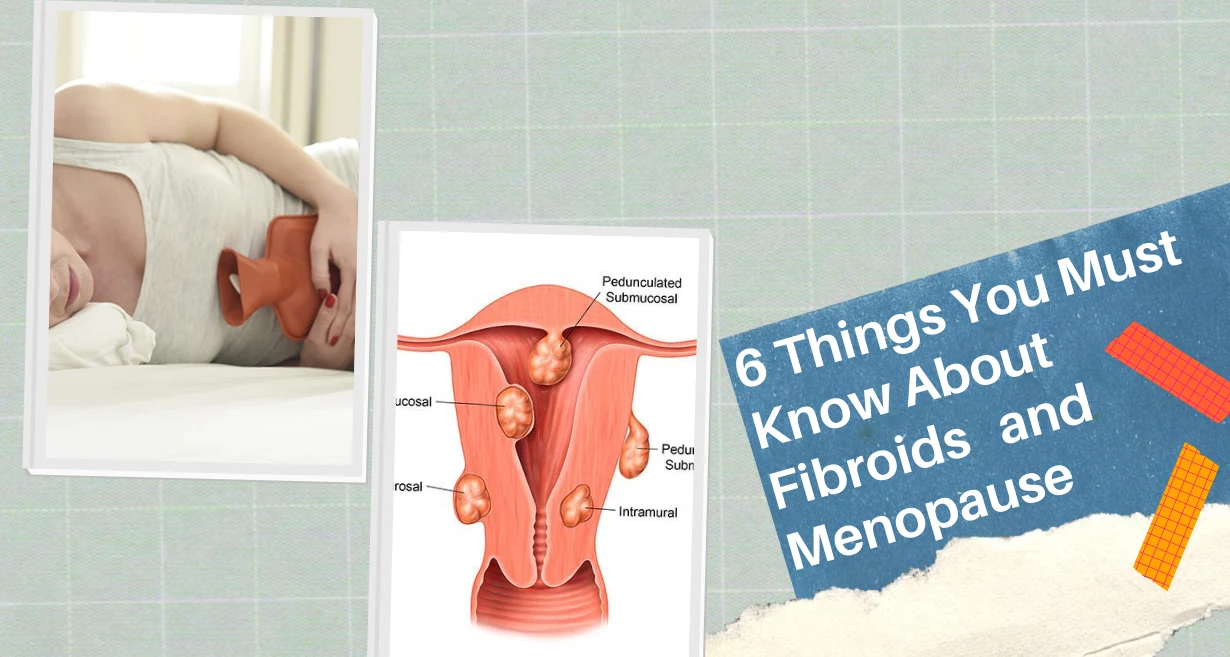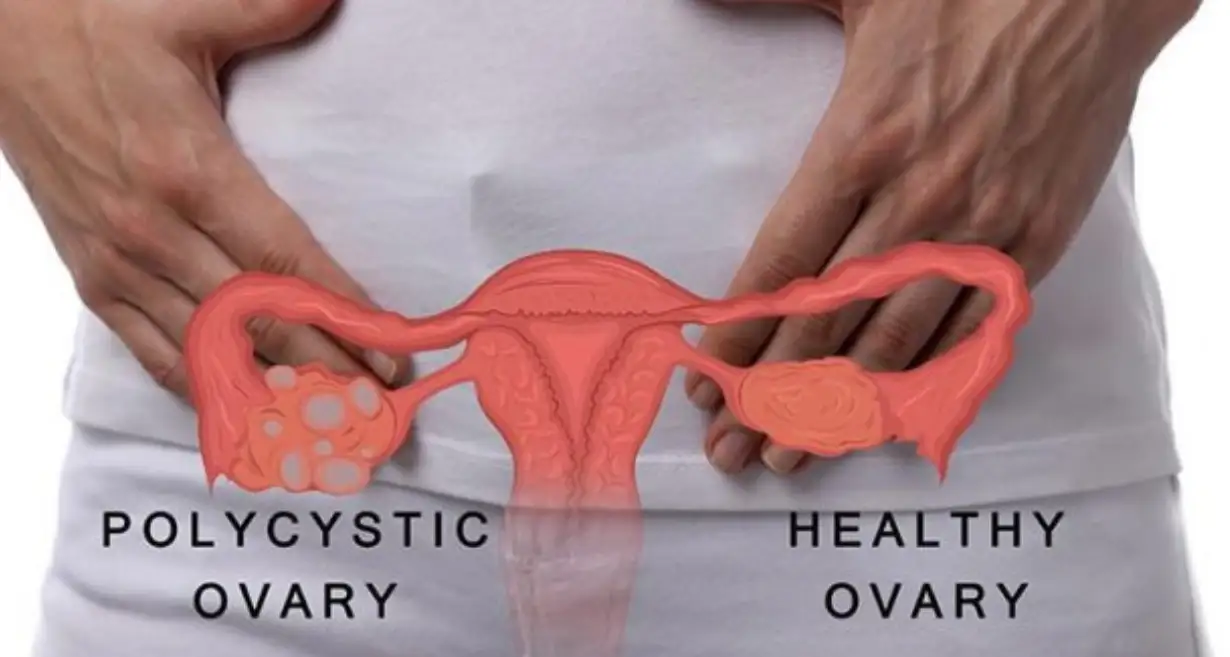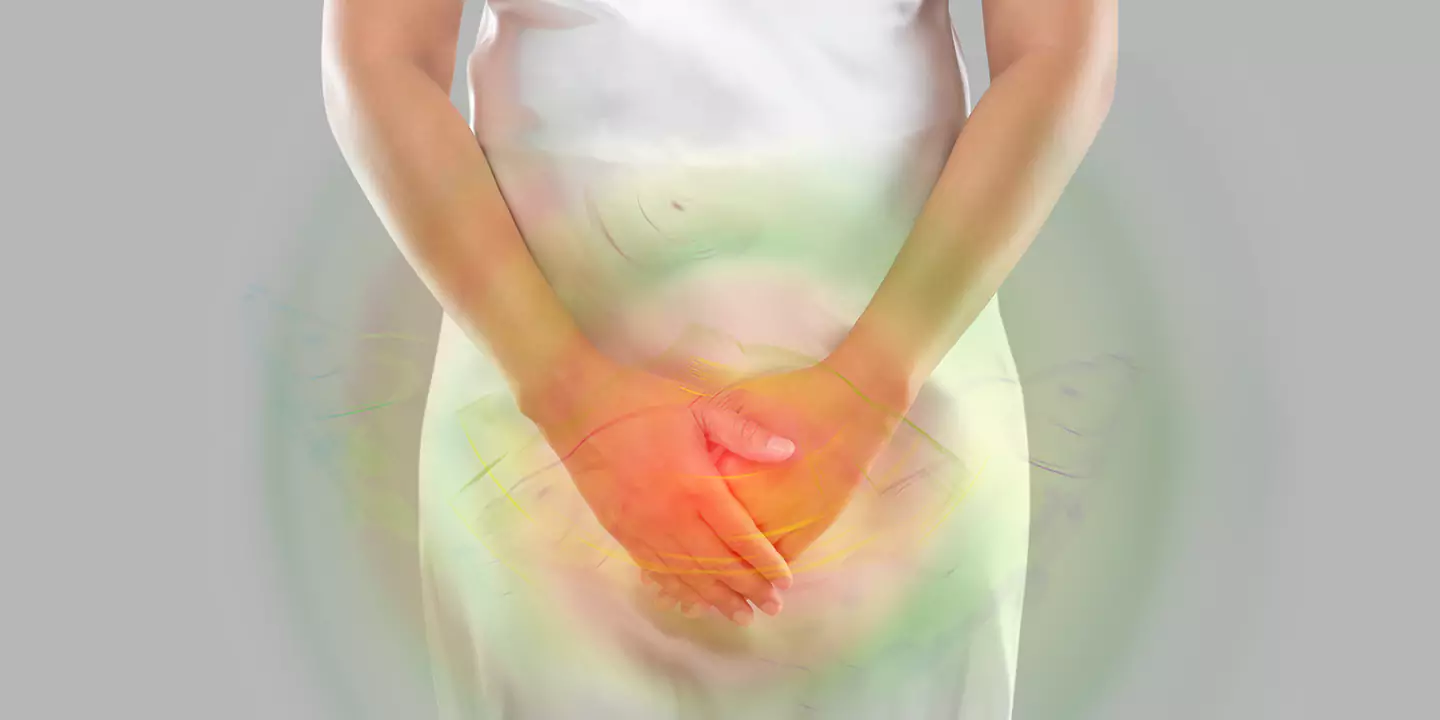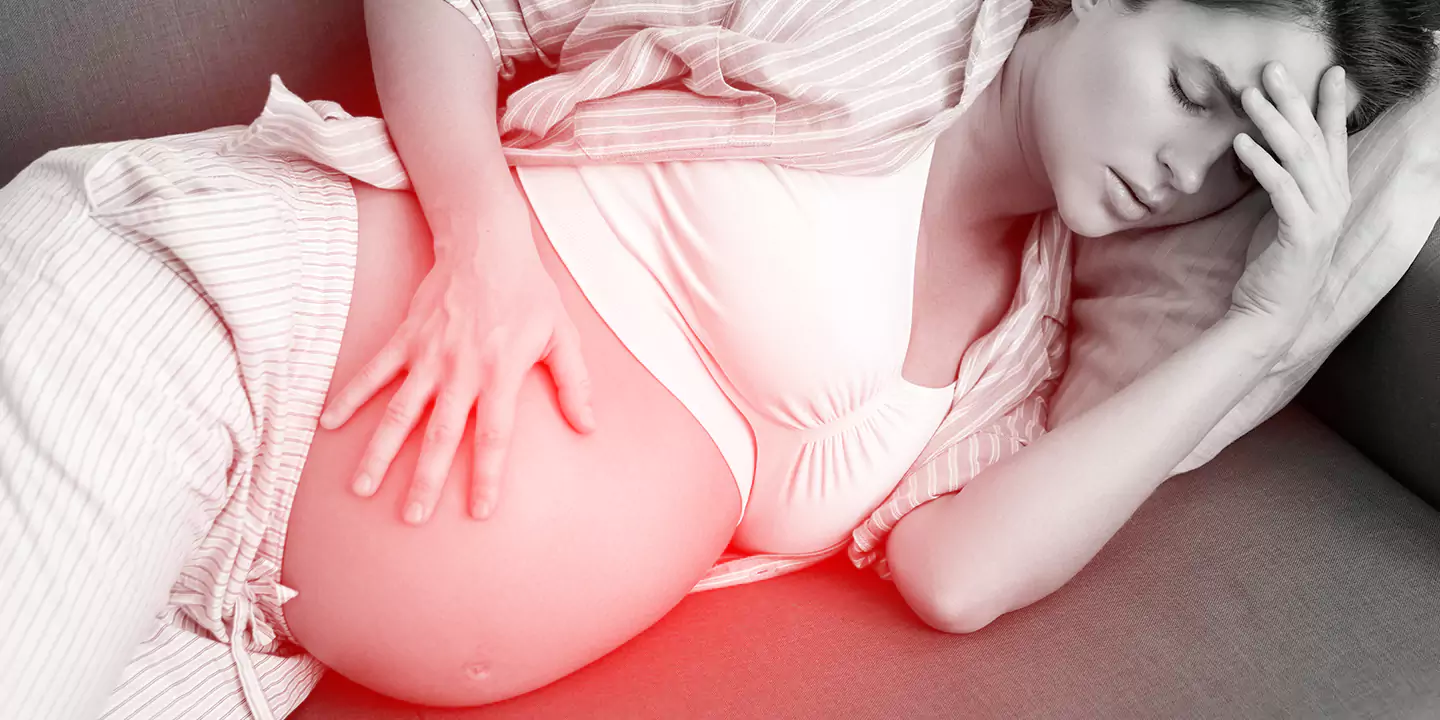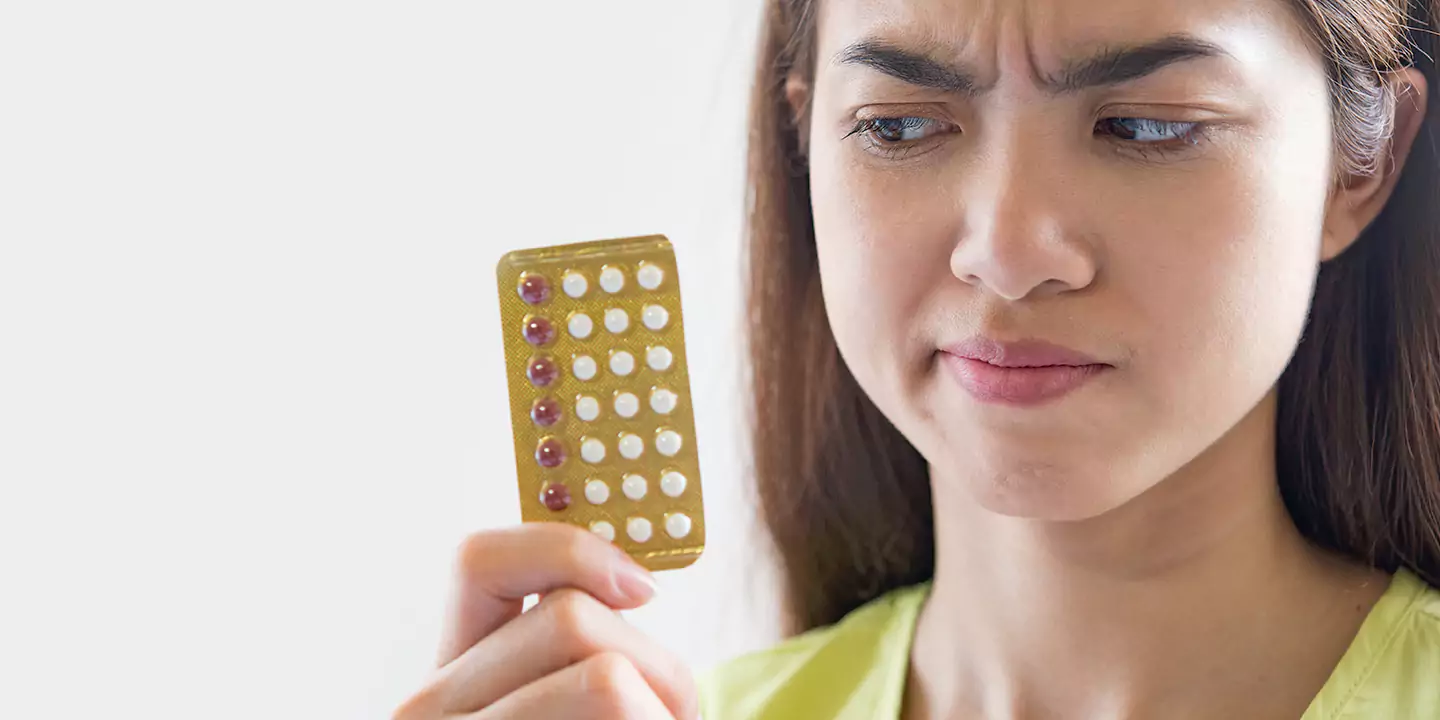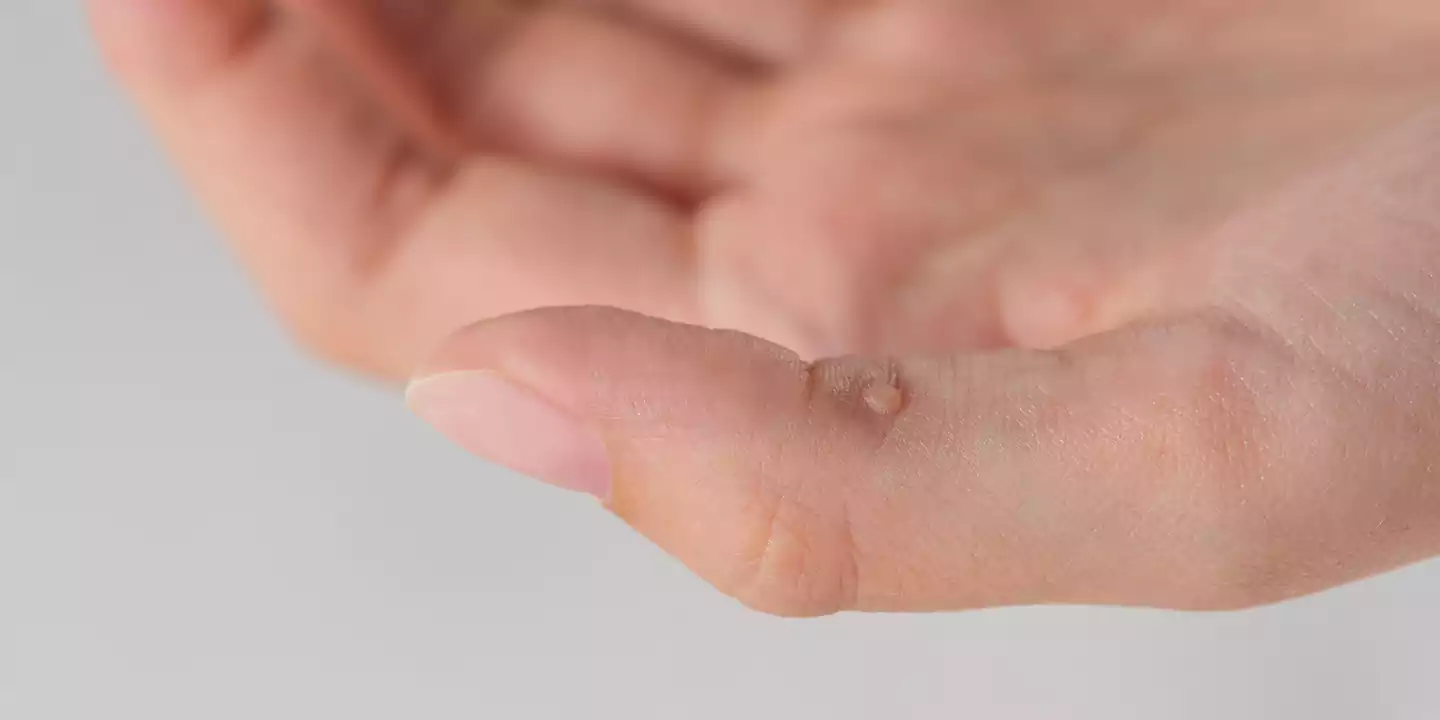
Premenstrual Syndrome (PMS) is a frequent condition that affects a lot of women in the days or weeks before their period. It includes a variety of behavioral, mental, and physical symptoms that can seriously affect a woman’s quality of life and overall well-being. Although the precise origin of PMS is not entirely understood, hormonal changes and neurotransmitter abnormalities are thought to be contributory factors. This blog will examine the origins, signs, and available PMS treatments in an effort to give readers a thorough understanding of the illness and equip readers with the tools they need to successfully manage its effects on their lives.
In this Article
What is PMS?
Premenstrual Syndrome (PMS) is the term used to describe a group of symptoms that appear in the days or weeks prior to menstruation. It has a sizable impact on the general health and well-being of a big number of women.
A wide range of symptoms that might differ from woman to woman make up PMS. Bloating, breast soreness, headaches, and exhaustion are typical physical complaints. Mood swings, impatience, anxiety, and despair are just a few examples of emotional and psychological symptoms. Changes in sleep habits, difficulties focusing, and food cravings are all examples of behavioral changes that might take place.
According to estimates, up to 75% of menstrual women have PMS. While some women may just feel a little discomfort, others may experience more severe symptoms that seriously interfere with their everyday life. Although the precise etiology of PMS is still not entirely known, hormonal changes and neurotransmitter abnormalities are thought to be contributing factors.
Related Blog – TSS – Its full form, meaning, causes, symptoms and treatment option
Women’s health can be significantly impacted by PMS, which can also have an impact on their relationships, productivity at work, and general quality of life. In order to properly manage PMS and enhance women’s health and well-being, it is crucial to recognize the symptoms, comprehend the disease, and seek the proper therapy and assistance.
Causes of Premenstrual Syndrome (PMS)
Premenstrual Syndrome (PMS) does not yet have a clear cause. But many things are thought to play a role in the emergence of PMS symptoms.
Hormonal Changes
PMS is known to be significantly influenced by hormonal changes that occur during the menstrual cycle. Changes in the amounts of the hormones estrogen and progesterone can have an impact on the neurotransmitters in the brain, causing mood swings, irritability, and other emotional PMS symptoms.
Imbalances in Neurotransmitters
Gamma-aminobutyric acid (GABA) and serotonin are two neurotransmitters that are crucial for controlling mood and behavior. The emotional symptoms associated with PMS can be attributed to disturbances in the balance of these neurotransmitters. For instance, low serotonin levels are linked to depressive symptoms, whereas low GABA levels can cause anxiety.
Related Blog – What Is UTI Infection? Causes, Symptoms, and Treatment
Serotonin Deficiency
The neurotransmitter serotonin, also known as the “feel-good” neurotransmitter, is essential for controlling mood and emotions. During the luteal phase of the menstrual cycle, serotonin levels in women with PMS may be reduced, which may contribute to the mood swings and heightened pain sensitivity that are frequently seen at this time.
Environmental and genetic influences
Due to its propensity to occur in families, PMS appears to have a hereditary component. Some women may be more sensitive to having PMS symptoms due to specific gene variants. Additionally, environmental elements including stress, poor nutrition, inactivity, and exposure to some chemicals may have an impact on the onset or worsening of PMS symptoms.
Personal Sensitivity
The way a woman’s body reacts to changes in neurotransmitters, hormones, and other elements varies. Some women might be more susceptible to these changes, which would increase their risk of developing PMS symptoms. Individual variances in hormone sensitivity and reaction are thought to be responsible for the variability in PMS intensity and presentation among women.
It’s crucial to remember that PMS is a complex disease, and how these elements interact may differ from person to person. Healthcare professionals can customize therapy approaches to address the particular elements contributing to a patient’s symptoms by studying the various causes of PMS.
Related Blog – What is Vaginismus? Vaginismus (Painful Intercourse) Causes, Symptoms, and Precautions
Common Symptoms Of Premenstrual Syndrome
Premenstrual Syndrome (PMS) is the term for a collection of symptoms that appear in the days or weeks prior to menstruation. These symptoms can be physical, emotional, or behavioral. Individuals may experience different levels of symptom intensity and duration. Here are a few of the typical PMS signs and symptoms:
Physical Symptoms
Bloating, breast tenderness, abdominal cramps, migraines, joint or muscle discomfort, exhaustion, and changes in appetite or food cravings are just a few of the physical signs of PMS. Additionally, some women might put on weight or retain fluids.
Emotional Symptoms
PMS’s emotional symptoms include mood swings, impatience, worry, melancholy, and a sense of being overburdened or in control. Women who have PMS may have increased emotional sensitivity, difficulty with stress, or difficulty coping with everyday difficulties.
Behavioral and Cognitive Changes
Additionally, PMS might influence how you think and behave. Some women may have trouble focusing, forgetting things, or feeling intellectually disoriented. There may be sleep disorders, such as insomnia or excessive daytime sleepiness. It’s also possible to notice changes in libido or sex drive.
Impact on Daily Life
The effects of PMS symptoms on a woman’s everyday life and general well-being can be profound. They might affect relationships, social interactions, work productivity, and general quality of life. Severe symptoms might include social retreat, decreased enjoyment in activities, and trouble with obligations.
It’s crucial to remember that these symptoms usually go away when menstruation starts. The symptoms, however, may continue for some women after the onset of their period. To identify a pattern and distinguish PMS from other diseases, it’s critical to track and record symptoms throughout several menstrual cycles. Women can better manage their symptoms and find the right assistance and therapy by being aware of the typical PMS symptoms.
Related Blog – White Discharge Causes, Symptoms, Types and Reason and Solution
Diagnosing Premenstrual Syndrome (PMS)
Premenstrual syndrome (PMS) must be identified by doing a thorough evaluation of symptoms, reviewing the patient’s medical history, and ruling out any underlying diseases that could cause symptoms similar to those of PMS. Healthcare professionals use a variety of techniques to accurately diagnose PMS even though there is no one test that can be used to diagnose it. These are the typical methods for diagnosing PMS:
Medical History Evaluation
A detailed medical history evaluation will be done by the healthcare professional during the initial assessment. Discussing the type, degree, and timing of symptoms in relation to the menstrual cycle is part of this. Establishing a PMS diagnosis requires specific information on the symptoms, their duration, and any functional impairment they may cause.
Symptom Monitoring and Diary
Keeping a symptom journal can be helpful for diagnosis. Women are urged to keep track of their symptoms across a number of menstrual cycles, noting each symptom’s onset, duration, and strength. The diagnosis of PMS can be aided by this diary’s ability to spot trends and clearly link symptoms to the menstrual cycle.
Exclusion of Other Underlying Conditions
It’s important to rule out any underlying diseases that might exhibit PMS-like symptoms. In order to do this, many medical diseases must be ruled out, including hormone imbalances, depression, anxiety disorders, thyroid abnormalities, and others. To rule out these illnesses, laboratory testing, physical exams, and psychiatric evaluations may be carried out as necessary.
Women should be as specific and detailed as possible when describing their symptoms so that a suitable treatment plan may be created. The diagnosis of PMS enables medical professionals to create a personalized treatment strategy catered to the patient’s particular requirements.
Related Blog – Pelvic Pain During Pregnancy: Causes and Treatments
Treatment of Premenstrual Syndrome (PMS)
Premenstrual Syndrome (PMS) can be controlled using a variety of therapeutic modalities designed to reduce symptoms and enhance general well-being. Based on the severity of the symptoms and how they affect everyday life, the treatment plan is frequently customized. Here are a few typical PMS treatments:
Medication
a) Nonsteroidal Anti-Inflammatory Drugs (NSAIDs): NSAIDs like ibuprofen or naproxen might ease the physical symptoms of PMS, such as breast tenderness, cramping in the abdomen, and headaches. They function by calming pain and lowering inflammation.
b) Selective Serotonin Reuptake Inhibitors (SSRIs): SSRIs, which are frequently used as antidepressants, can successfully lessen PMS symptoms that are emotional and mood-related. These drugs function by raising the brain’s serotonin levels, which aid in mood regulation. SSRIs can be used to treat symptoms either constantly or during the luteal phase, which is the time just before menstruation.
c) Oral contraceptives: Hormonal birth control pills, particularly those that include both estrogen and progestin, may be able to aid with PMS symptoms. These medications can stabilize mood swings, lower the intensity of physical symptoms, and balance hormone levels. Oral contraceptives may not work for many women, so it’s important to discuss your alternatives with a healthcare professional.
Vitamin and Mineral Supplements
Some dietary supplements, including calcium, magnesium, and vitamin B6, may be helpful in easing PMS symptoms. In contrast to magnesium supplements, which may aid with fluid retention and breast pain, calcium supplements may help with symptoms connected to mood. Mood swings, irritation, and exhaustion have all been proven to be improved by vitamin B6. Before beginning any supplements, it’s crucial to speak with a healthcare professional.
Lifestyle Modifications For PMS Management
Modifying one’s way of life is essential for managing Premenstrual Syndrome (PMS), in addition to using medications and dietary supplements. Women with PMS can reduce symptoms and enhance their general well-being by adopting healthy behaviors and making constructive changes to daily routines. Here are some significant lifestyle changes that can aid in treating PMS:
Healthy Diet and Nutrition
Supporting hormonal balance and reducing PMS symptoms can be accomplished by eating a balanced diet high in fruits, vegetables, whole grains, and lean proteins. Foods heavy in salt, sugar, caffeine, and processed fats should be limited or avoided because they can cause inflammation, bloating, and mood changes.
Regular physical activity and exercise
Regular physical activity and exercise can help reduce the symptoms of PMS. Endorphins are natural mood enhancers that are released during exercise and can help with pain relief and mood enhancement. On most days of the week, try to get in at least 30 minutes of moderate-intensity activity, such as brisk walking, running, cycling, or swimming.
Stress management strategies
Since stress exacerbates PMS symptoms, it’s critical to use stress management strategies every day. Meditation, deep breathing exercises, yoga, and mindfulness are among the techniques that might help lower stress levels and encourage relaxation. Finding enjoyable and relaxing pursuits, like hobbies or quality time with loved ones, can also help lower stress.
Getting Enough Sleep and Maintaining Excellent Sleep Habits
Managing PMS symptoms requires getting enough sleep and maintaining excellent sleep habits. Establish a regular sleep pattern and aim for 7-8 hours of good sleep each night. To encourage better sleep, make your bedroom a nice place to sleep, avoid using electronics right before bed, and practice relaxing techniques.
Women with PMS can empower themselves to better manage their symptoms by implementing these lifestyle changes. The effectiveness of lifestyle modifications may differ from person to person, so it may be helpful to speak with a healthcare professional or a qualified dietitian for specific advice and direction. Changes in lifestyle, when implemented consistently and holistically, can greatly enhance the quality of life for women with PMS.
Related Blog – Menstrual Disorders — Types, Causes, Symptoms, Diagnosis, and Treatment
Seeking Professional Help for PMS
Premenstrual Syndrome (PMS) should always be treated by a healthcare provider, thus it’s crucial to do so. A precise diagnosis, individualized treatment options, continuing management, and support can all be obtained by consulting a healthcare expert. Here are some major justifications for why it’s crucial to get medical assistance for PMS:
Consulting a Healthcare Professional
To correctly diagnose PMS, a healthcare professional, such as a gynecologist or primary care doctor, can evaluate your symptoms, medical history, and lifestyle choices. They are qualified and knowledgeable to distinguish PMS from other diseases that could resemble its symptoms.
The Significance Of Precise Diagnosis and Individualized Care
To properly manage PMS, a proper diagnosis is essential. A healthcare professional may assess the seriousness and impact of your symptoms, take into account any underlying diseases, and provide an individual treatment plan catered to your unique requirements. This can involve a trifecta of vitamins, drugs, and lifestyle changes.
Ongoing Management and Support
Since PMS is a chronic disorder, each month’s symptoms may differ. You can get continuing management and support by building a connection with a healthcare practitioner. It is possible to monitor symptoms, modify treatment programs as necessary, and answer any worries or inquiries you may have with regular check-ups.
Related Blog – Endometriosis: Causes, Symptoms, Diagnosis & Treatment
Takeaway
Many women are affected with Premenstrual Syndrome (PMS), a complicated and multidimensional disorder. While the precise origin of PMS is still unknown, a number of factors, such as hormonal changes and neurotransmitter abnormalities, contribute to its occurrence. Finding the right treatment requires an understanding of the wide spectrum of symptoms and their effects. Fortunately, there are several management options available, such as dietary changes, prescription drugs, and alternative therapies.
In order to properly diagnose PMS and provide individualized treatment strategies, it is crucial for those who are experiencing the disease to speak with medical professionals. Fortunately, Premenstrual Syndrome (PMS) is comprehensively and expertly treated at Queen’s Gynaecology. Their skilled gynecologists provide individualized care, diagnostic assessments, and a variety of therapy choices to reduce symptoms because they are familiar with the intricacies of PMS.
Queen’s Gynaecology provides women with the knowledge and assistance they need to manage PMS successfully and enhance their general well-being. Queen’s Gynaecology helps women recover control of their life and find relief from the debilitating symptoms of PMS by comprehending and treating the condition.












